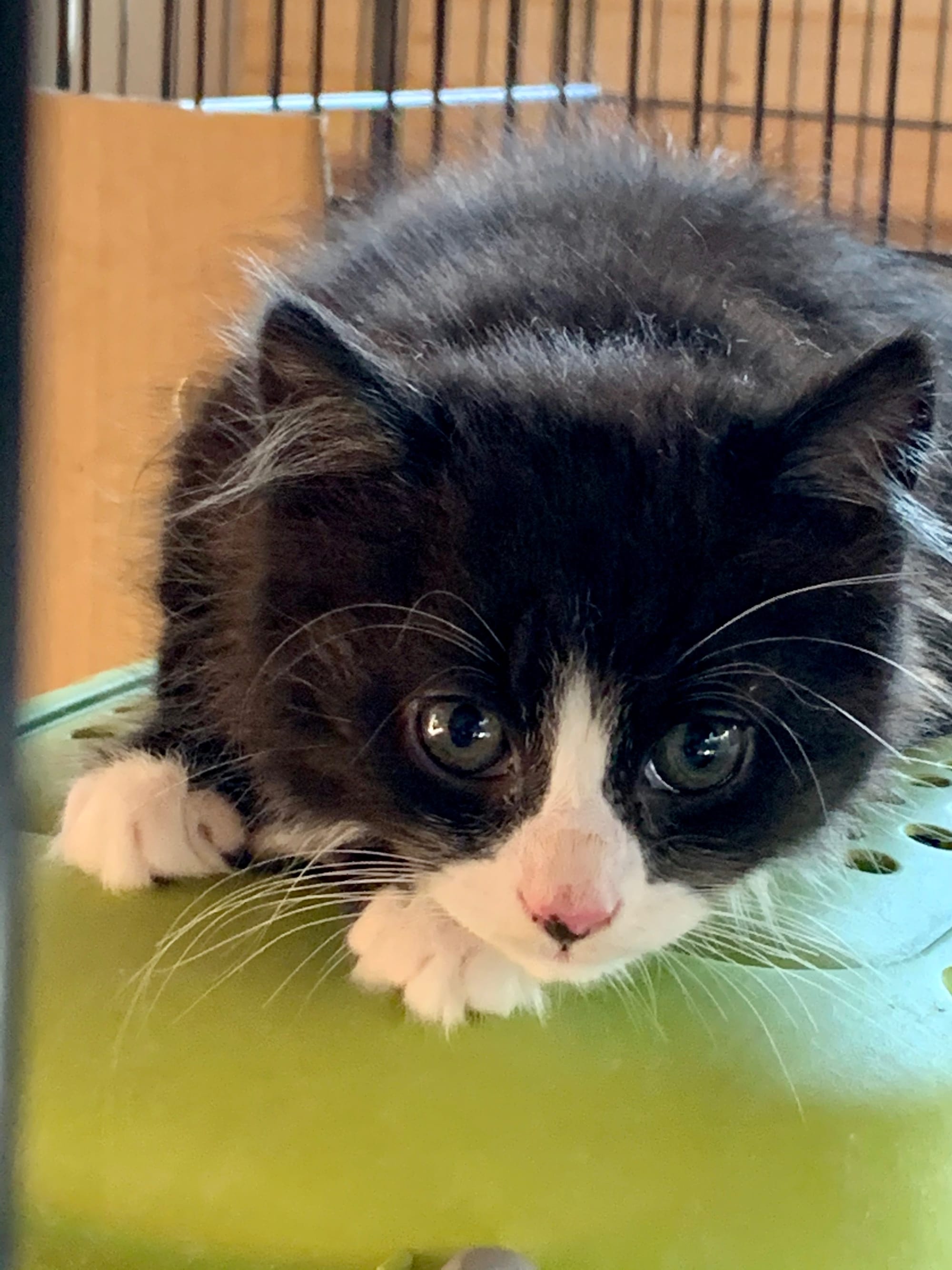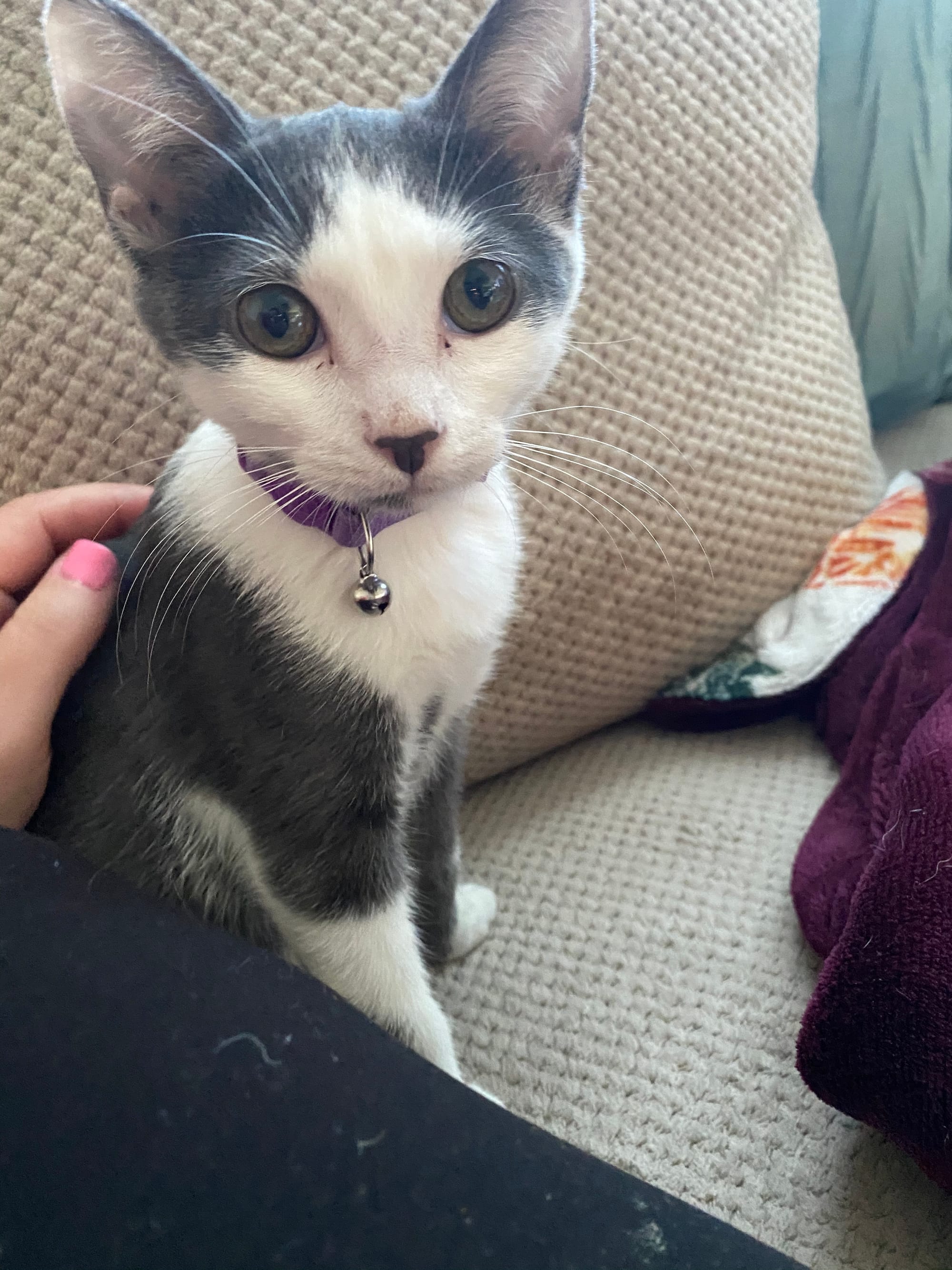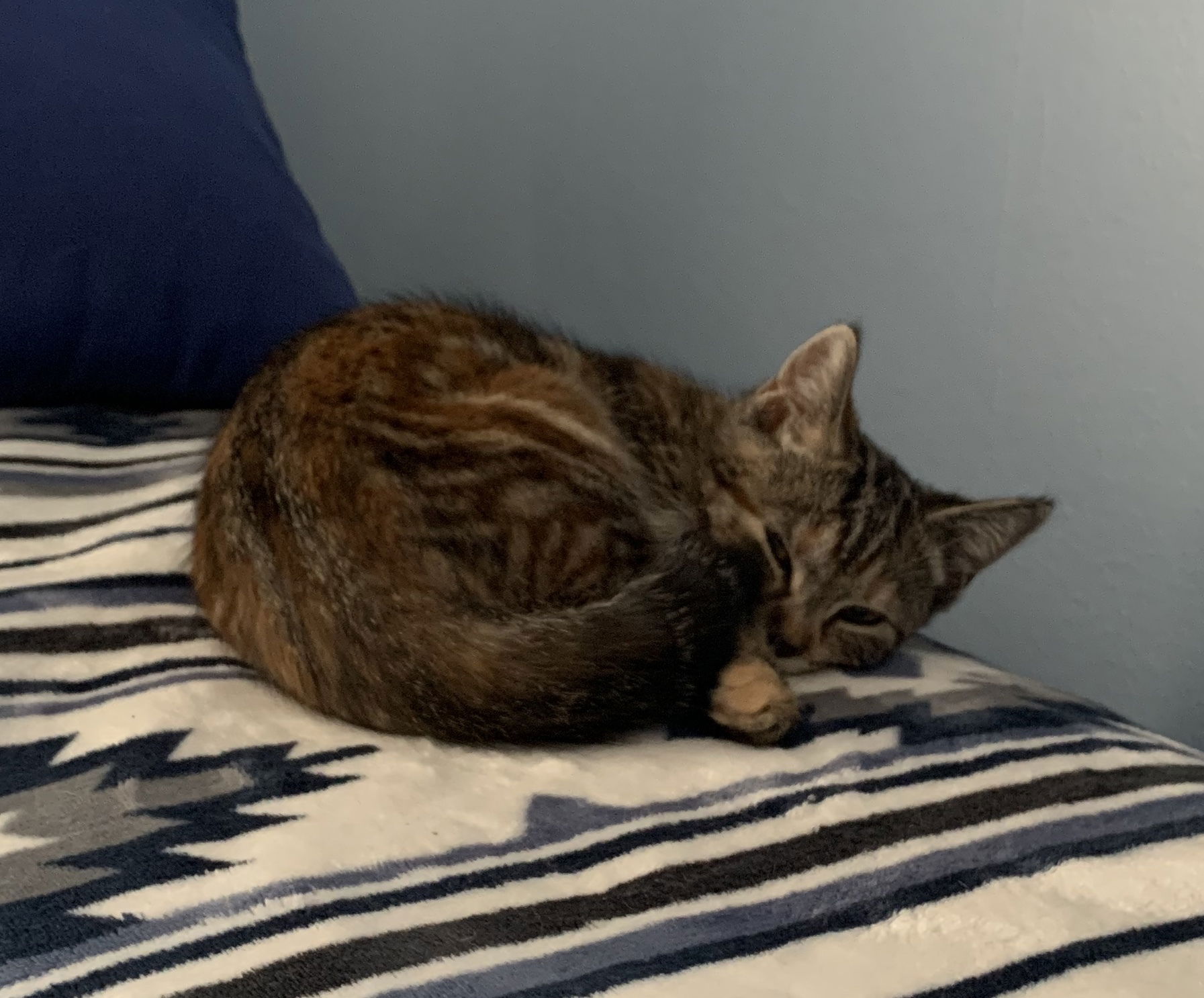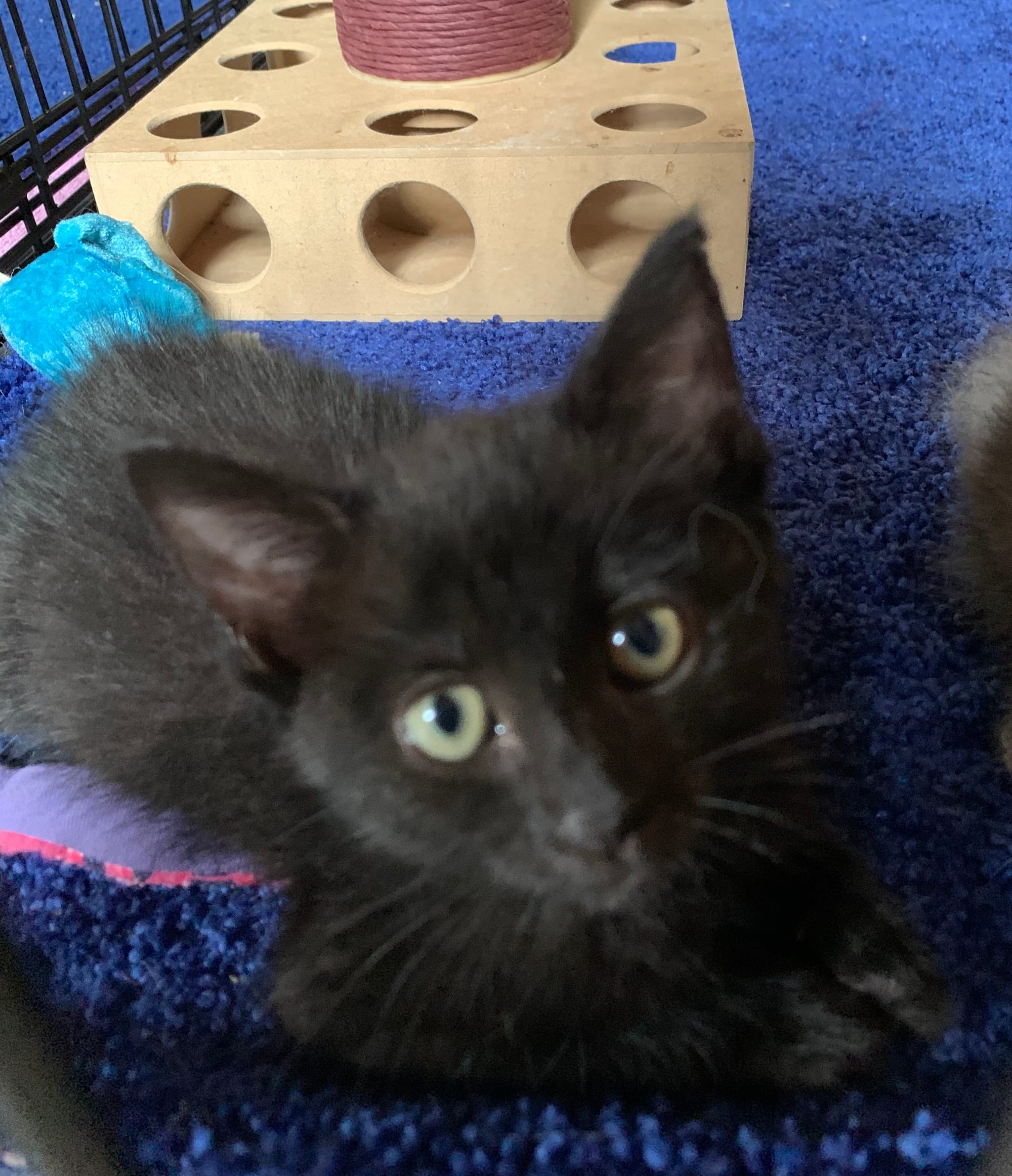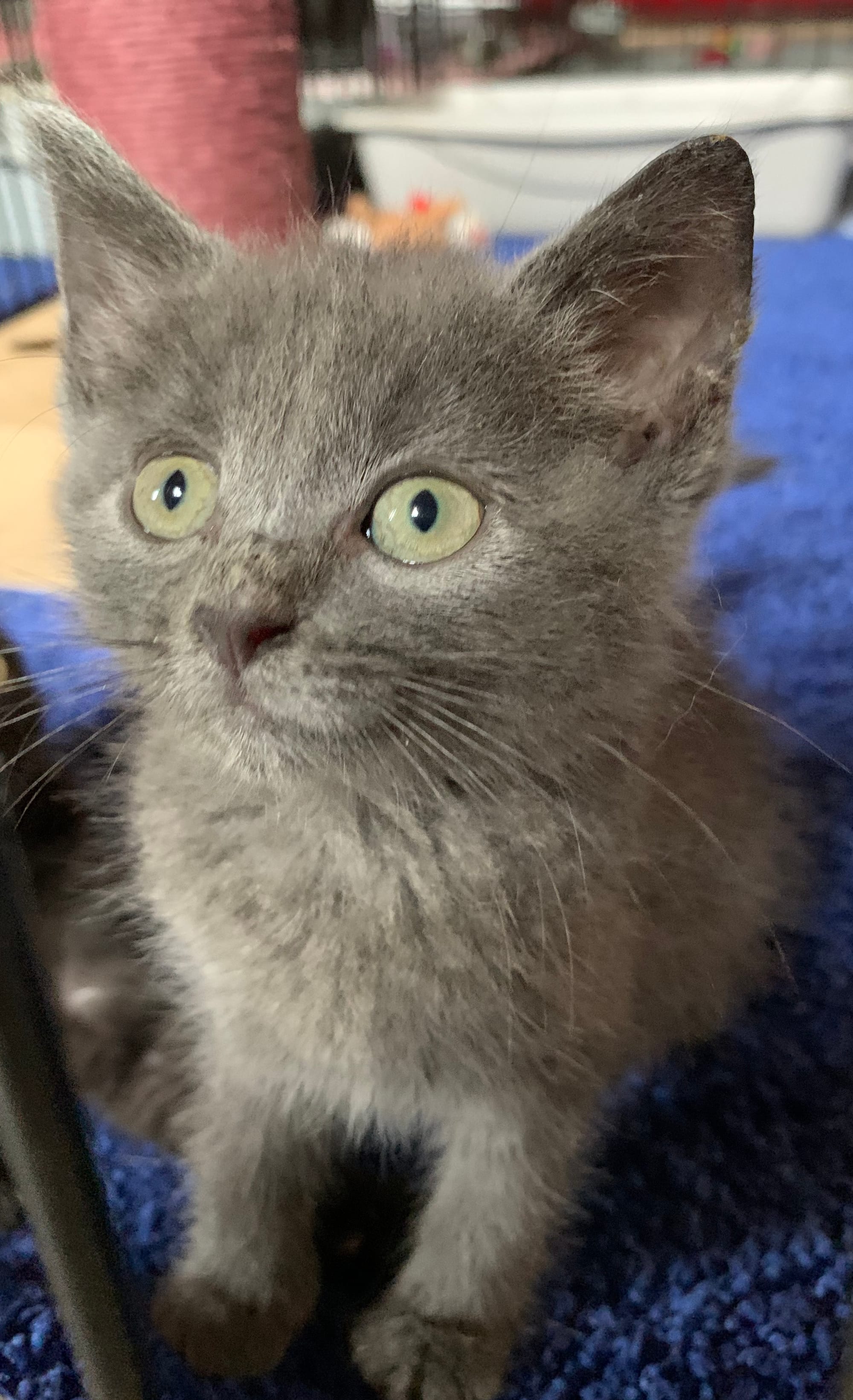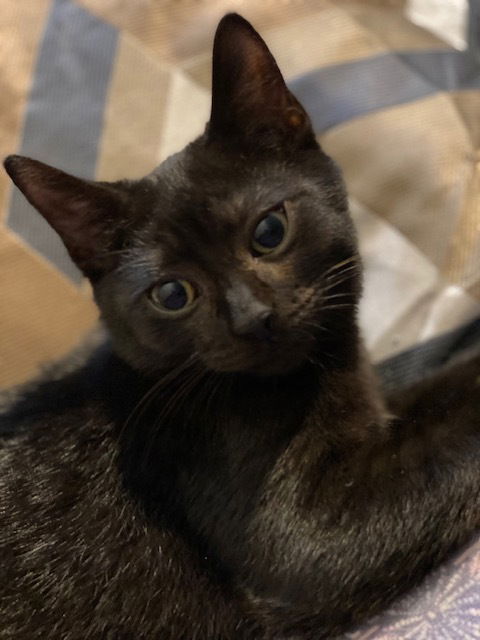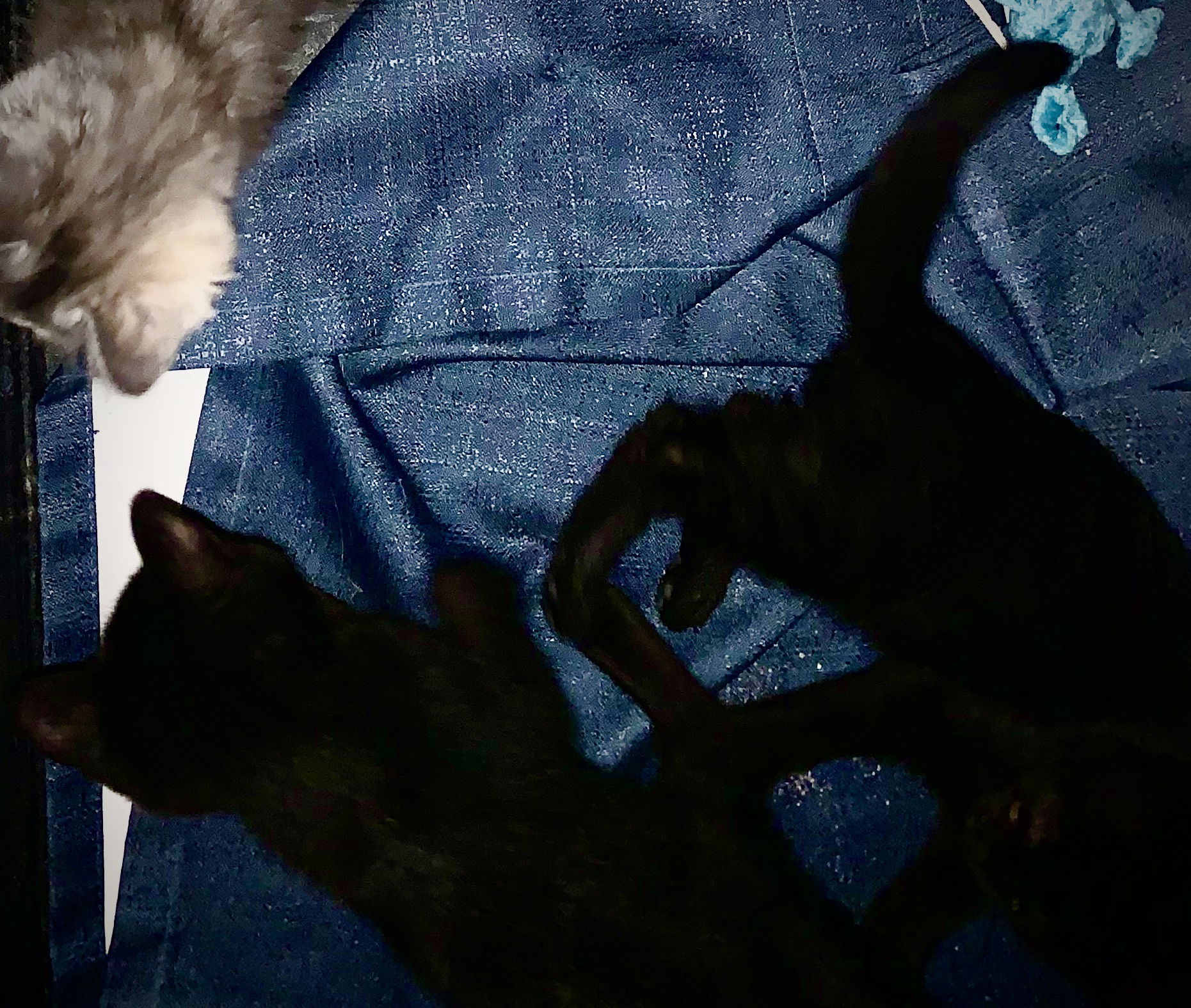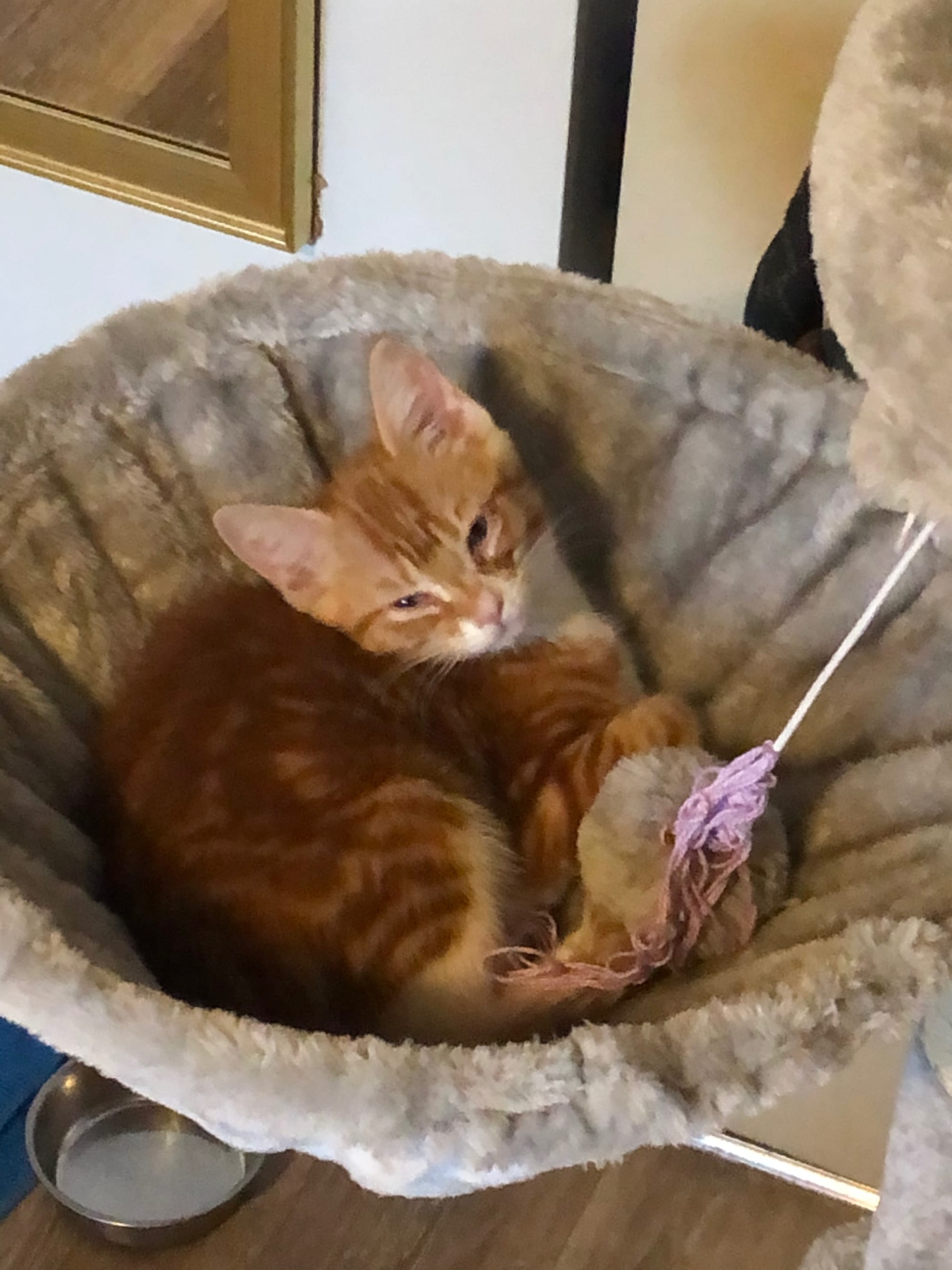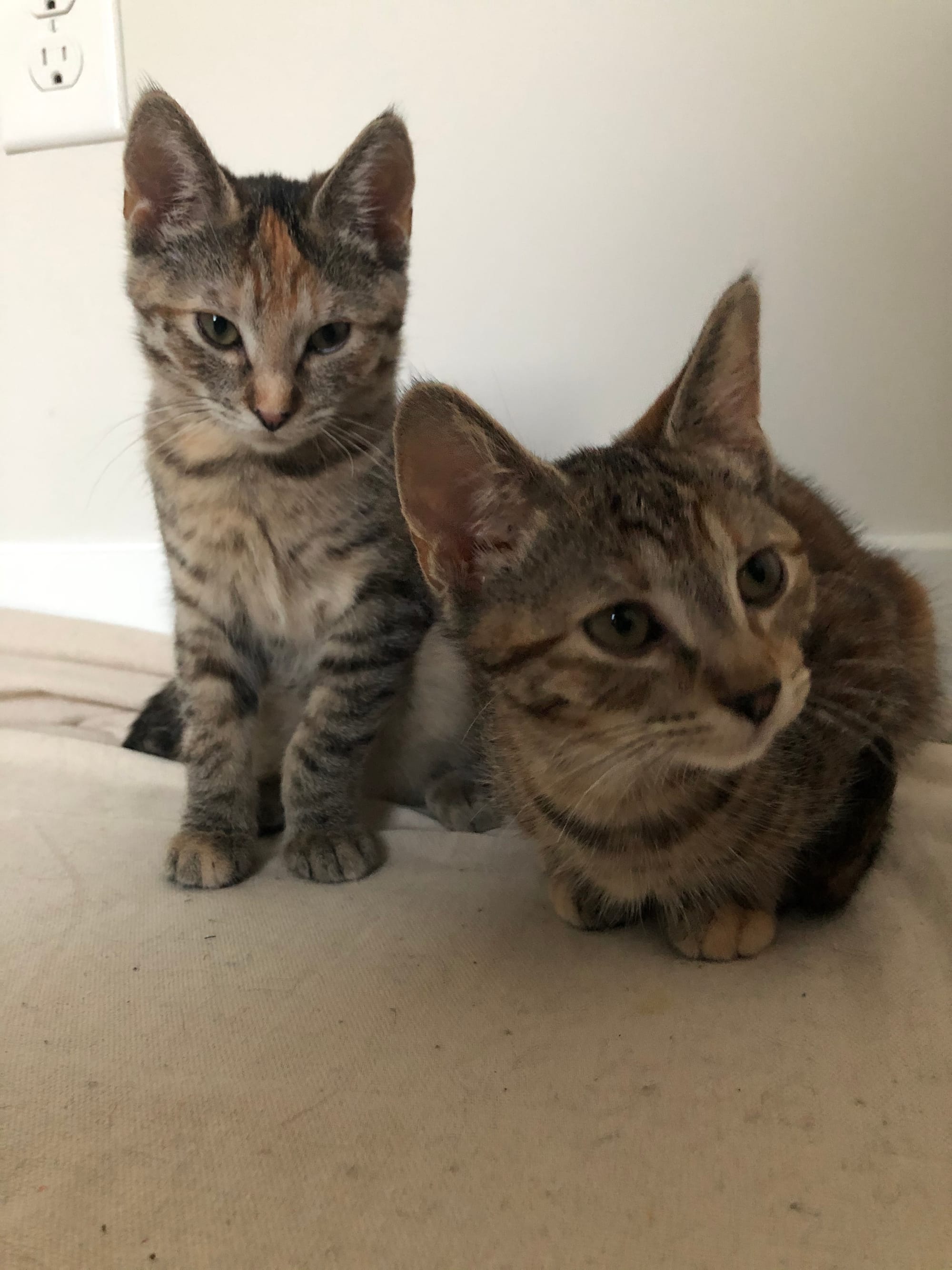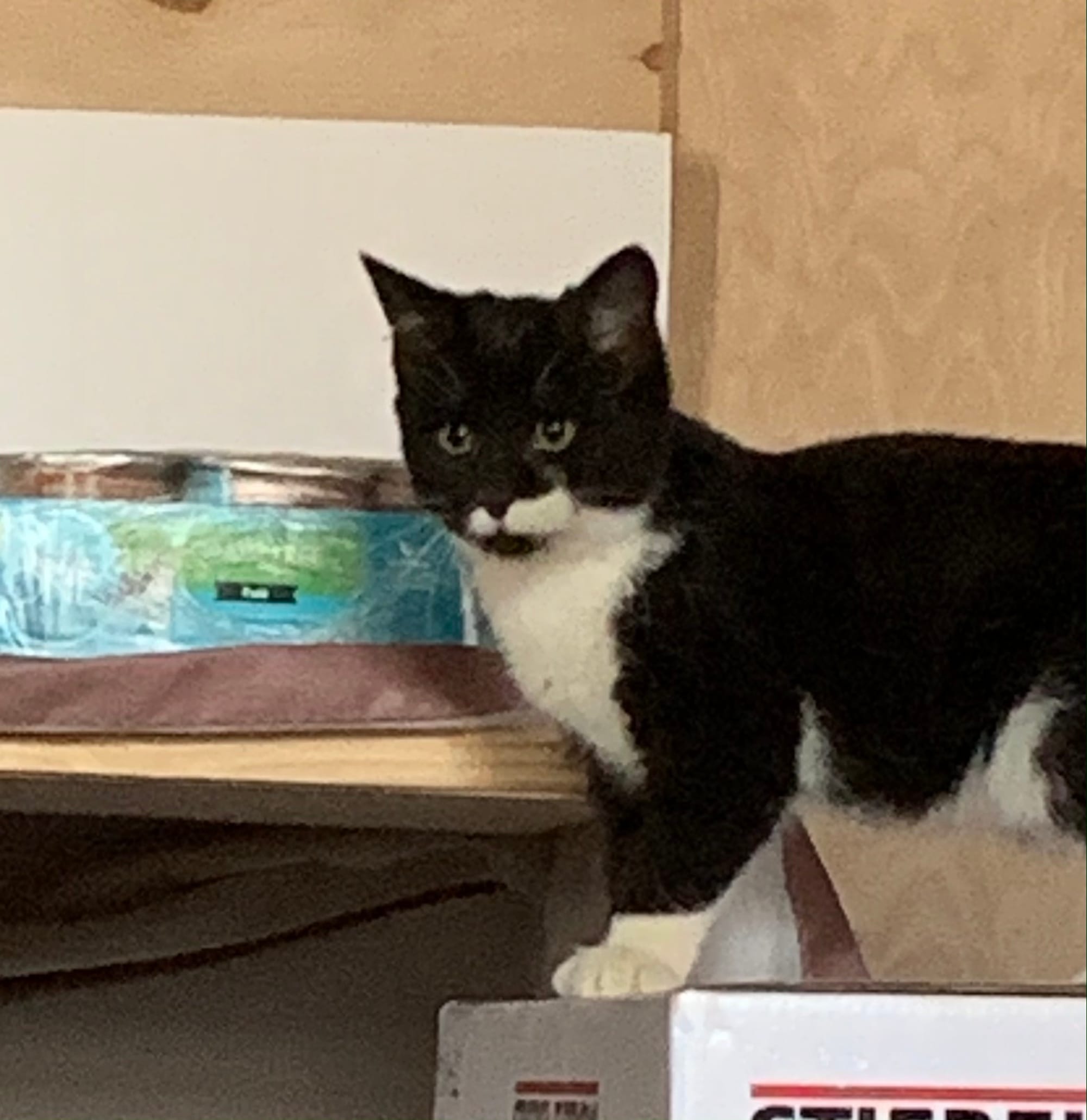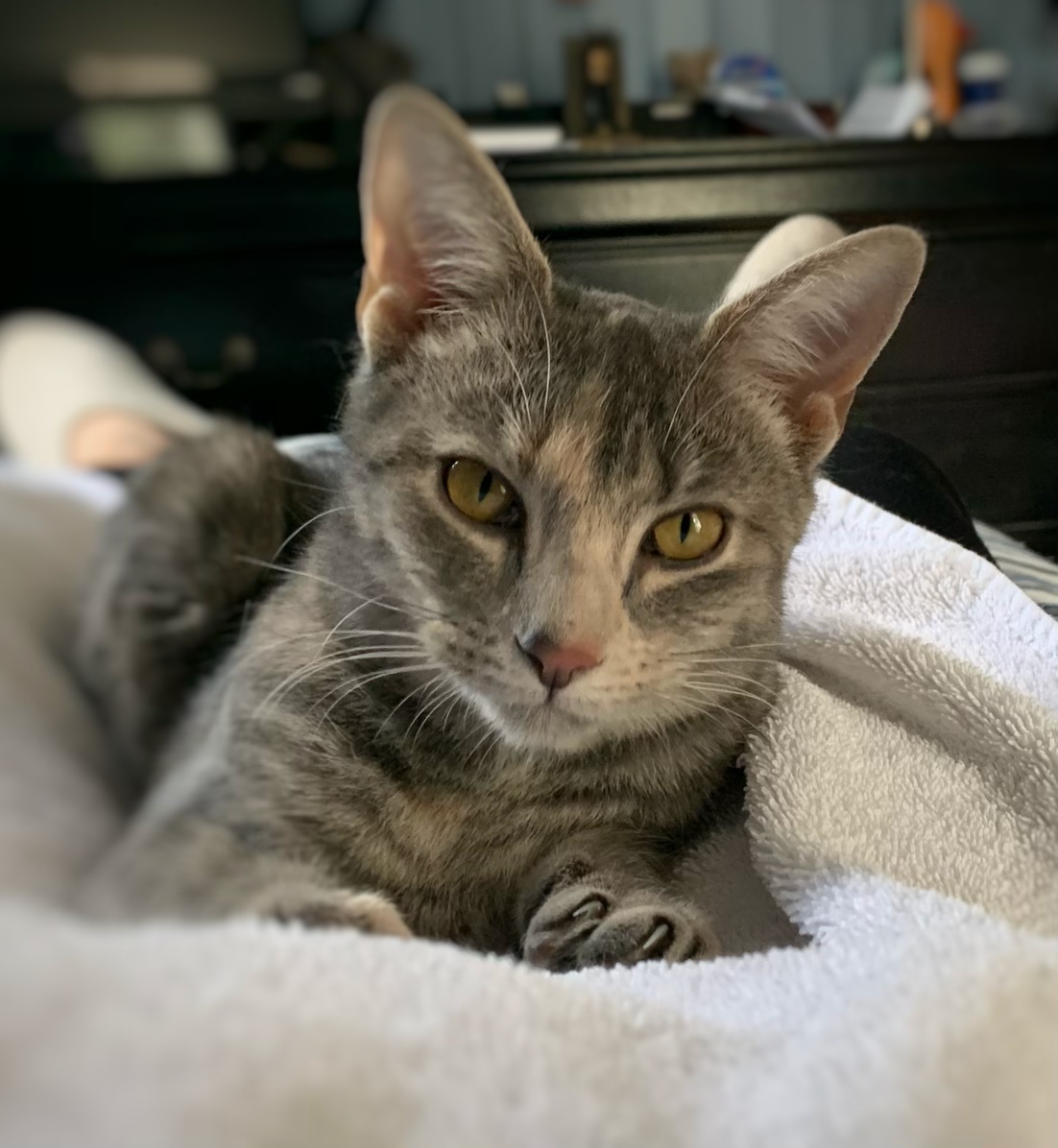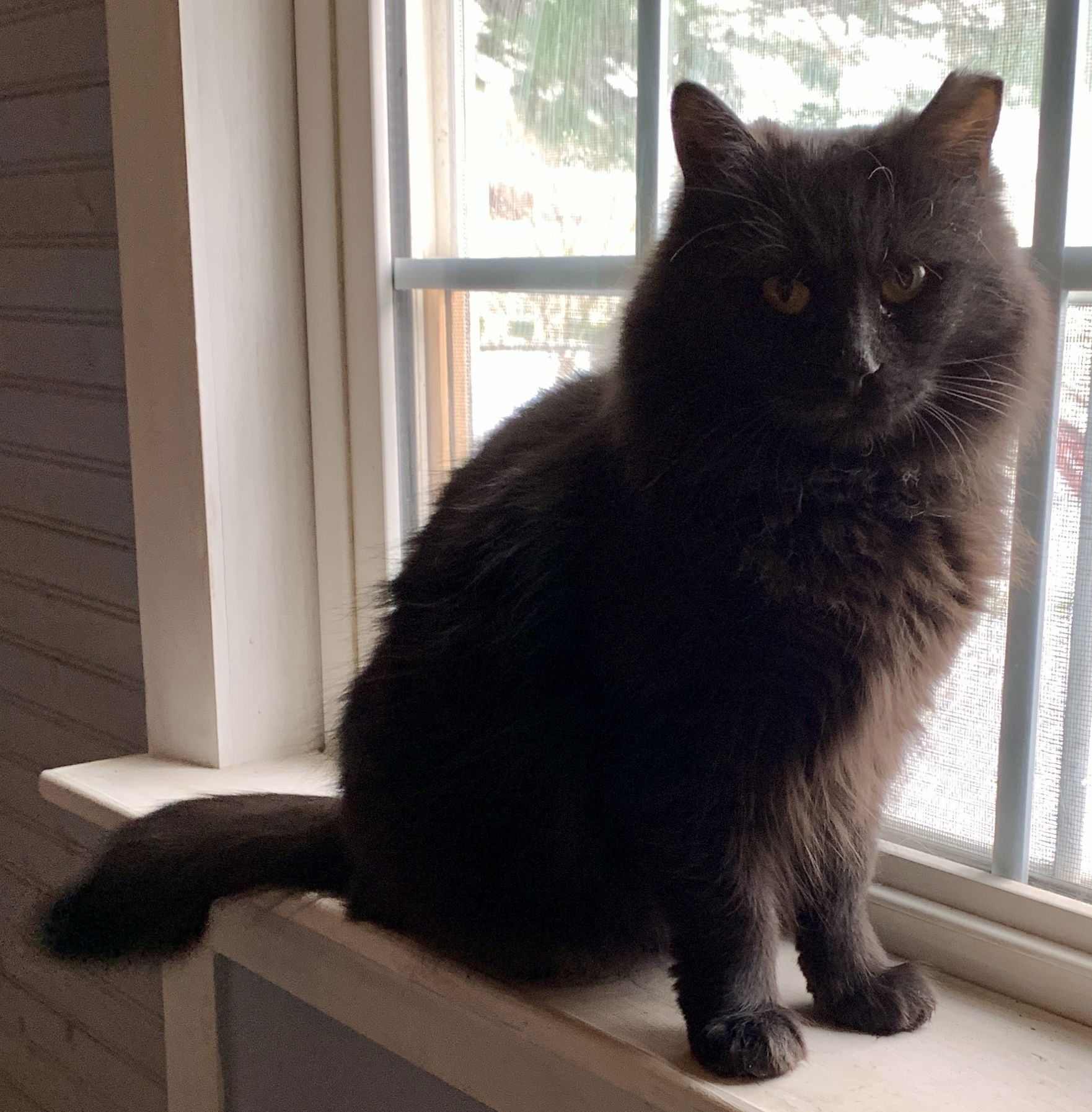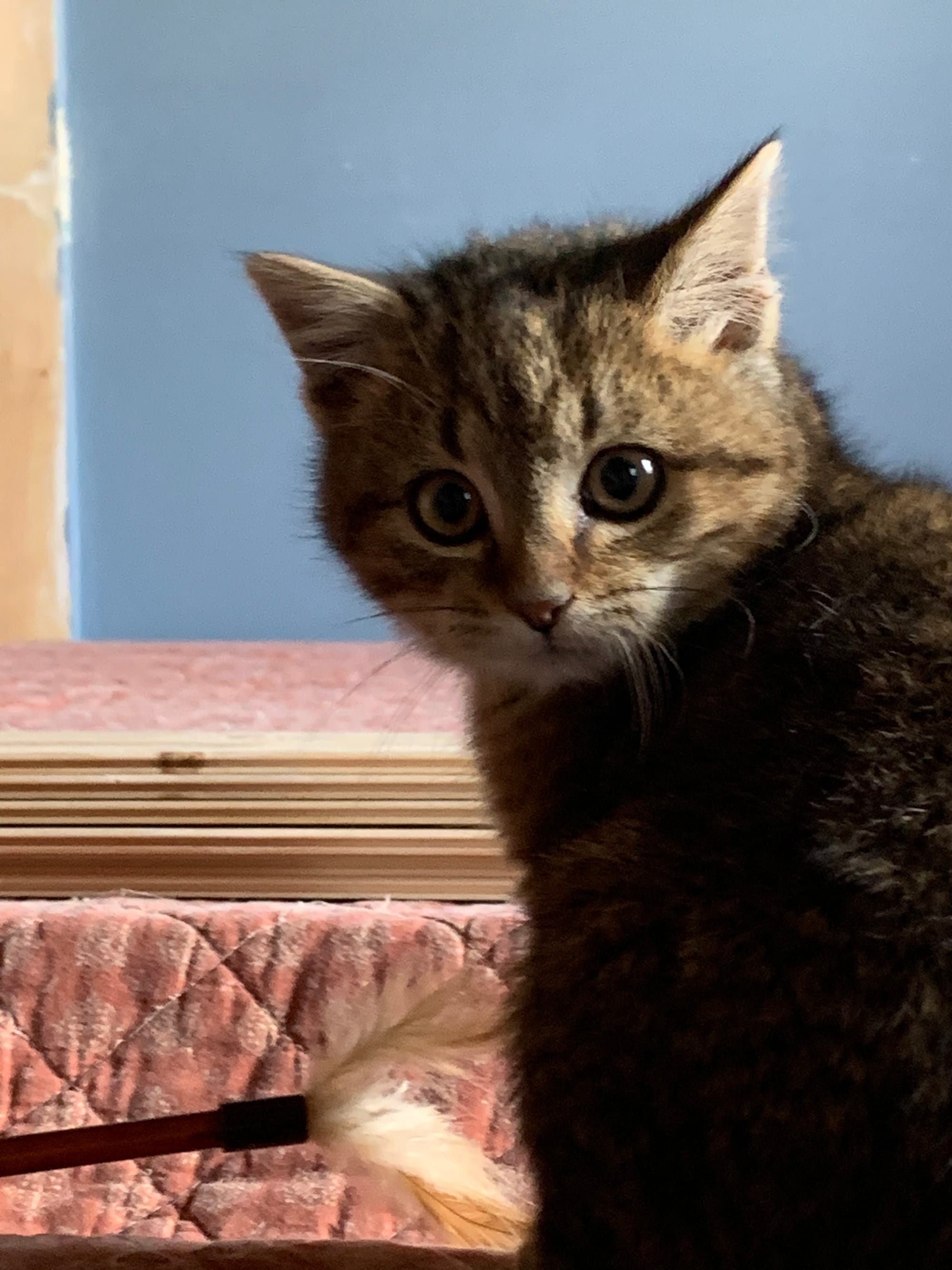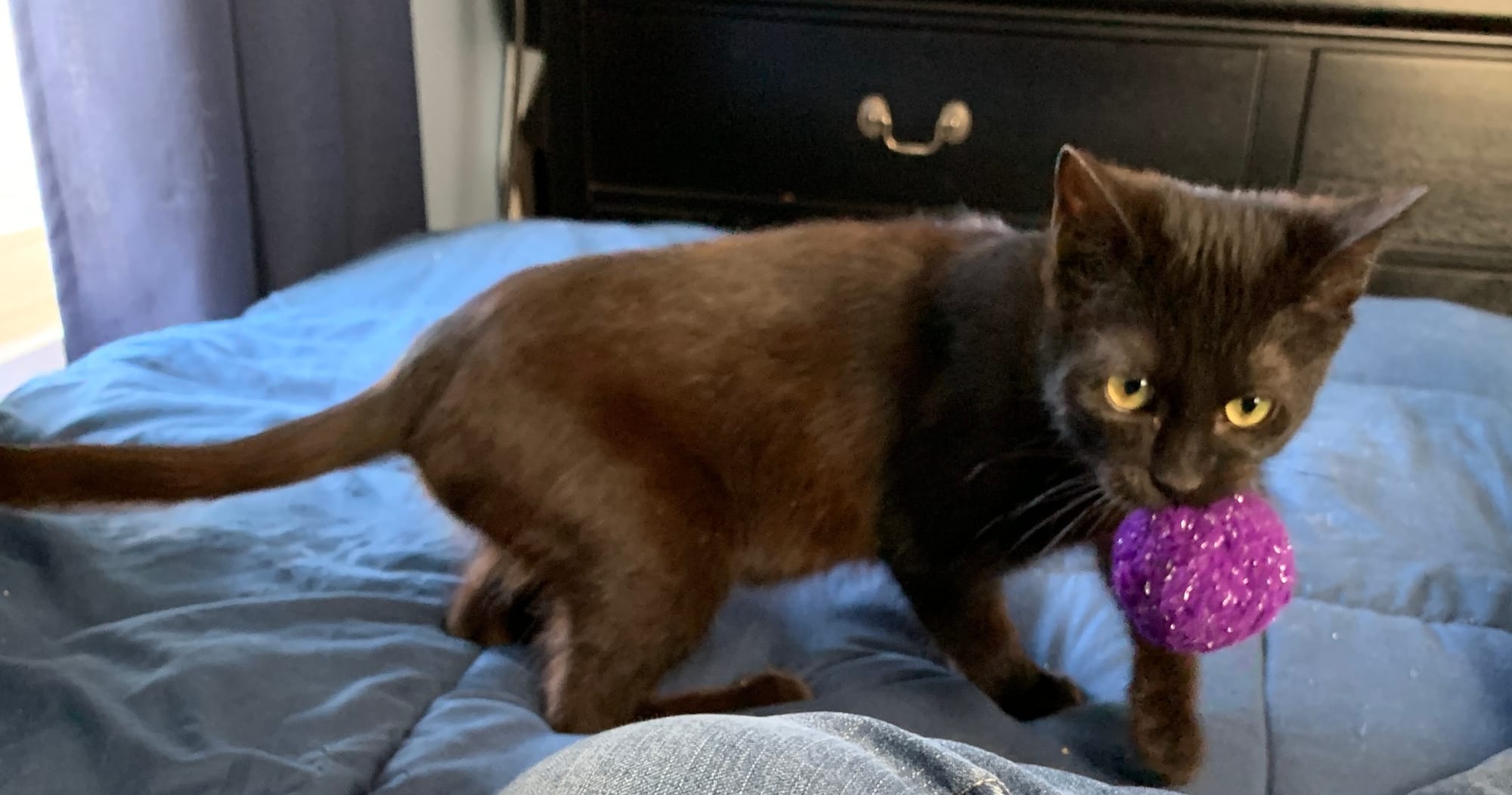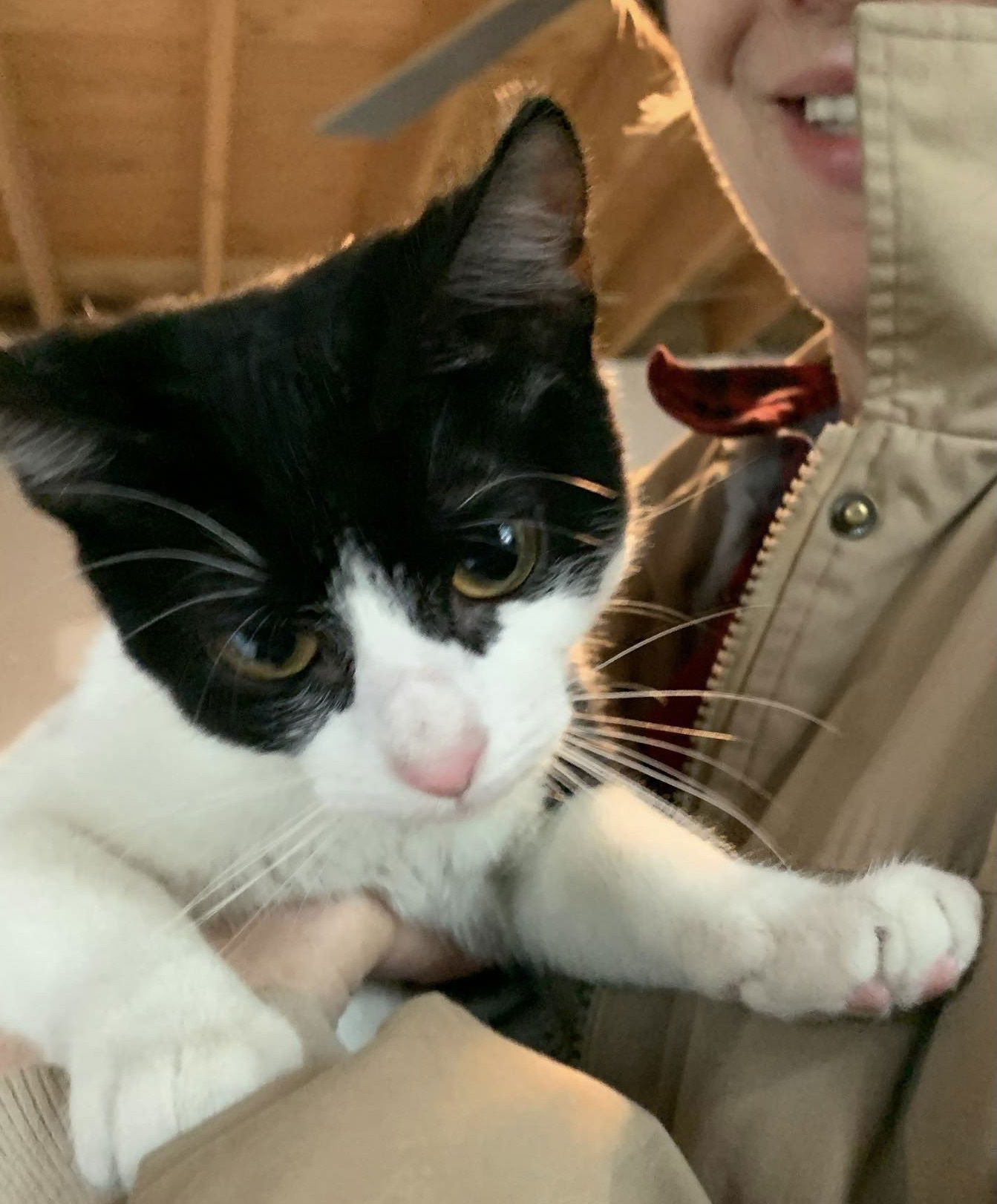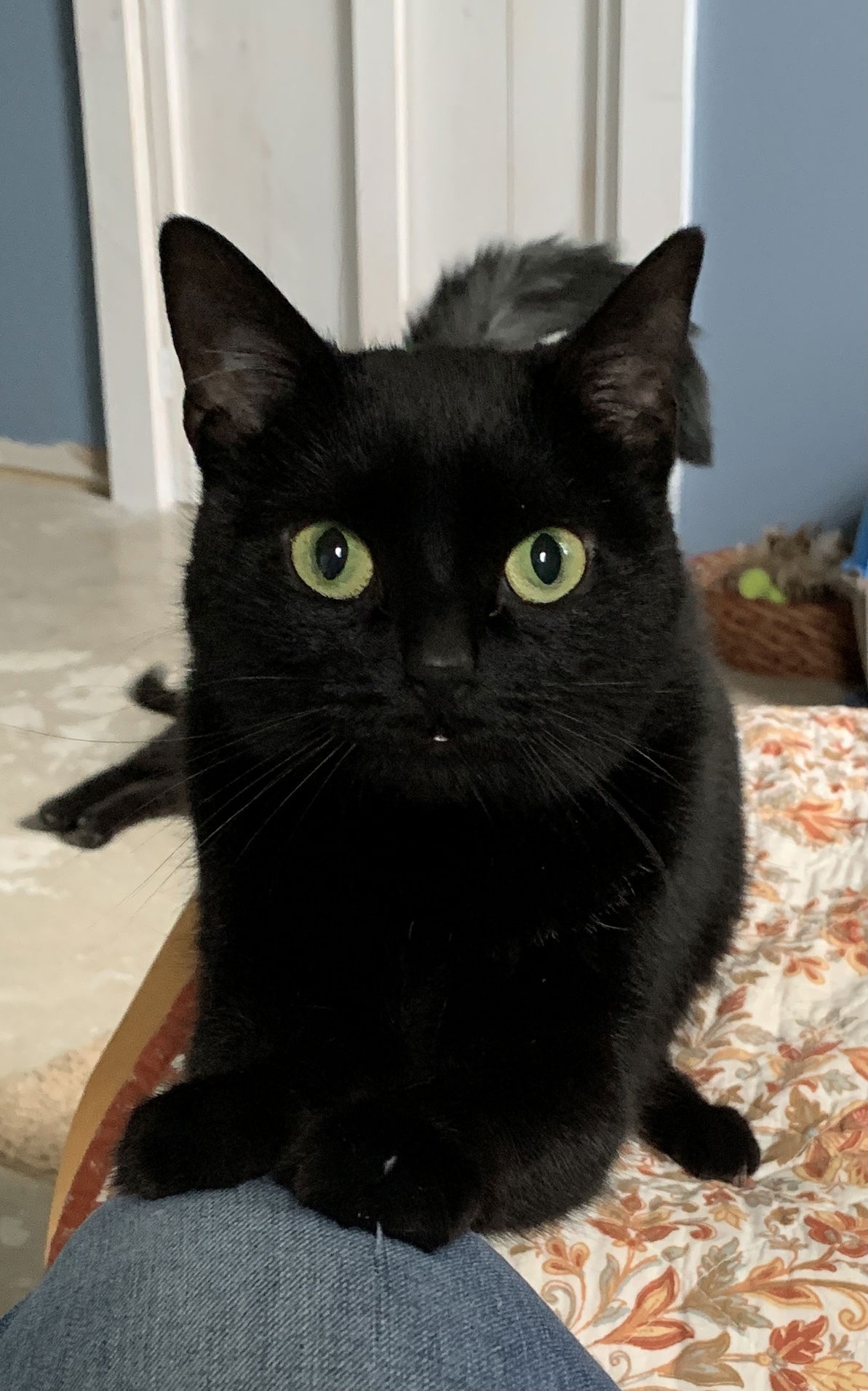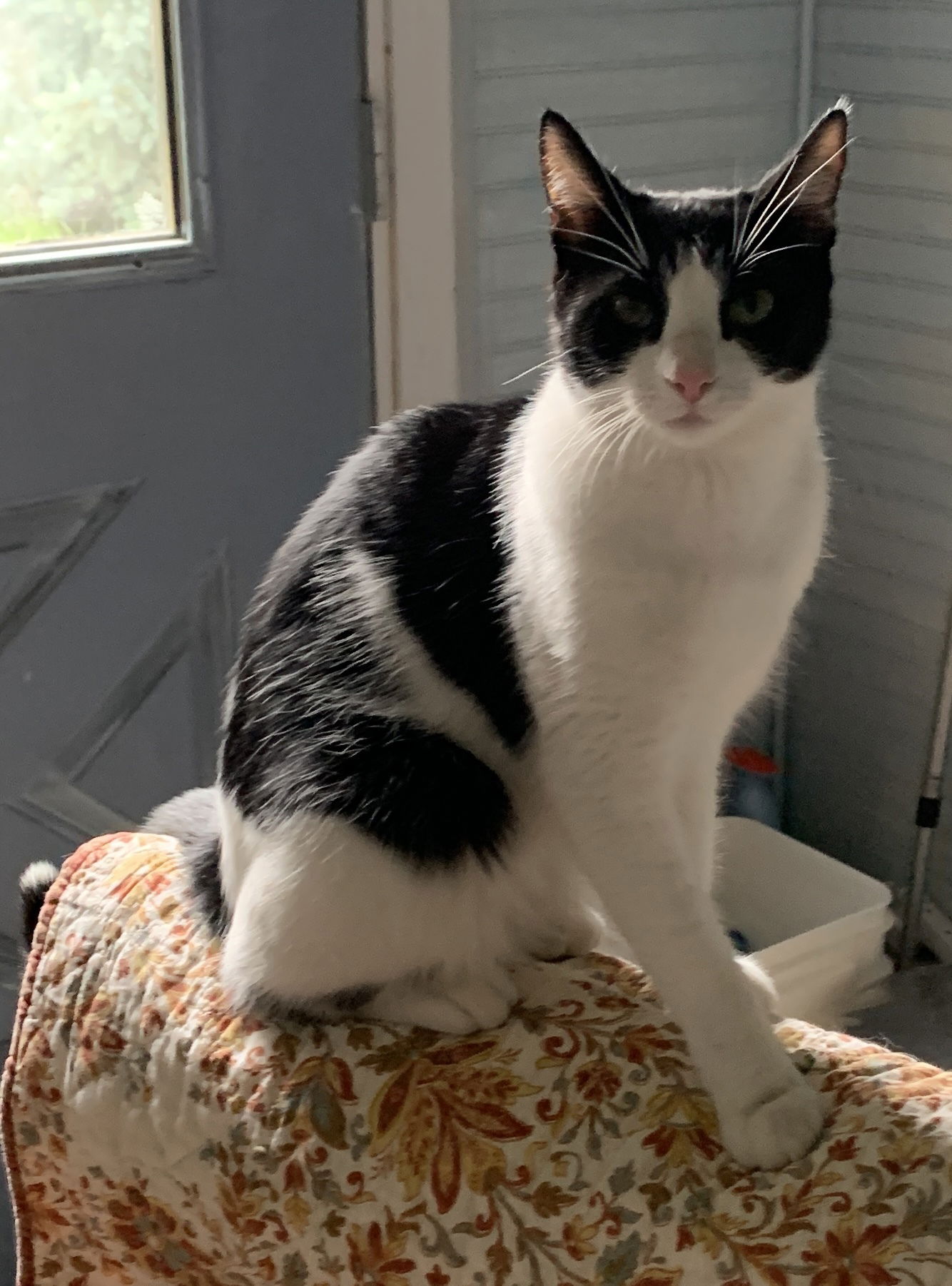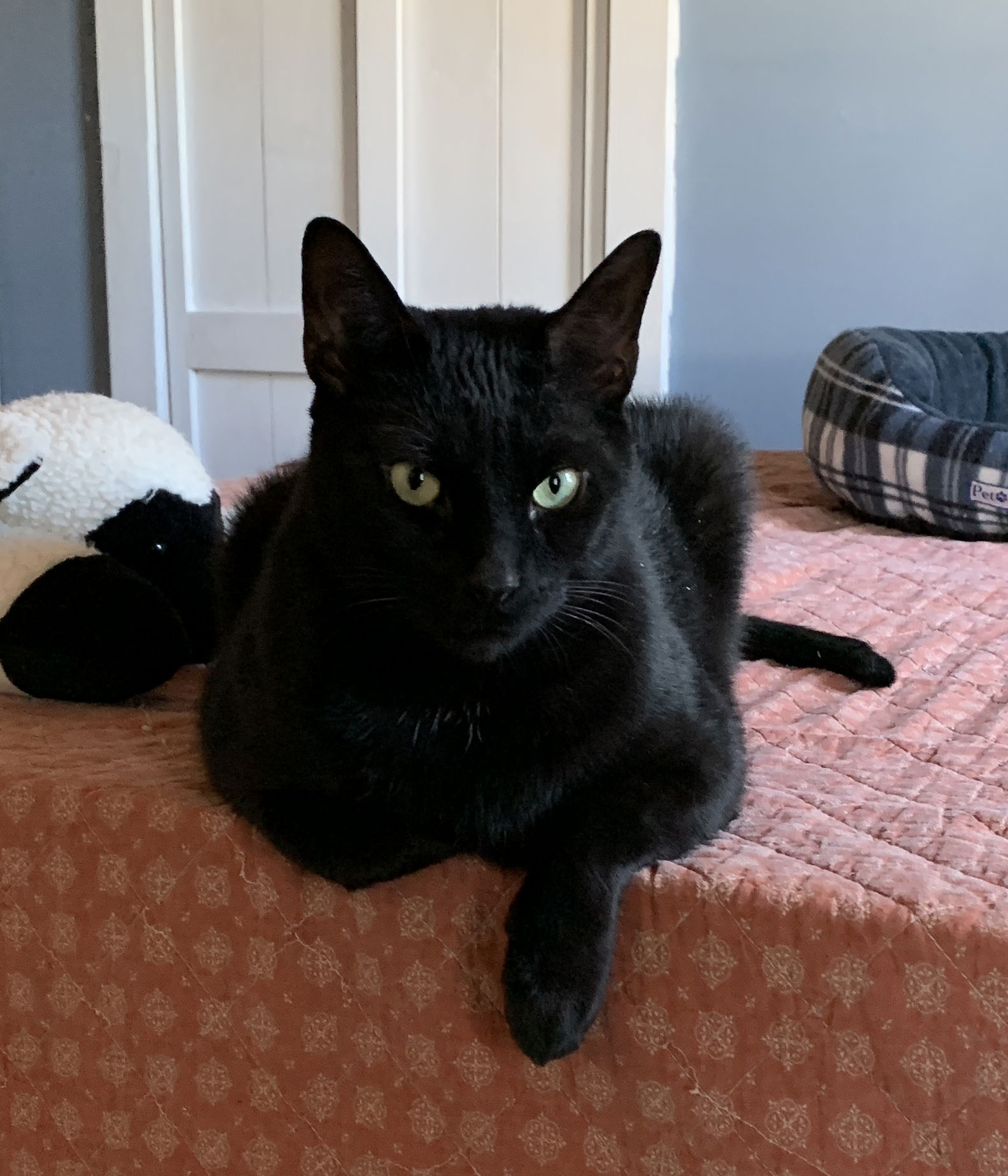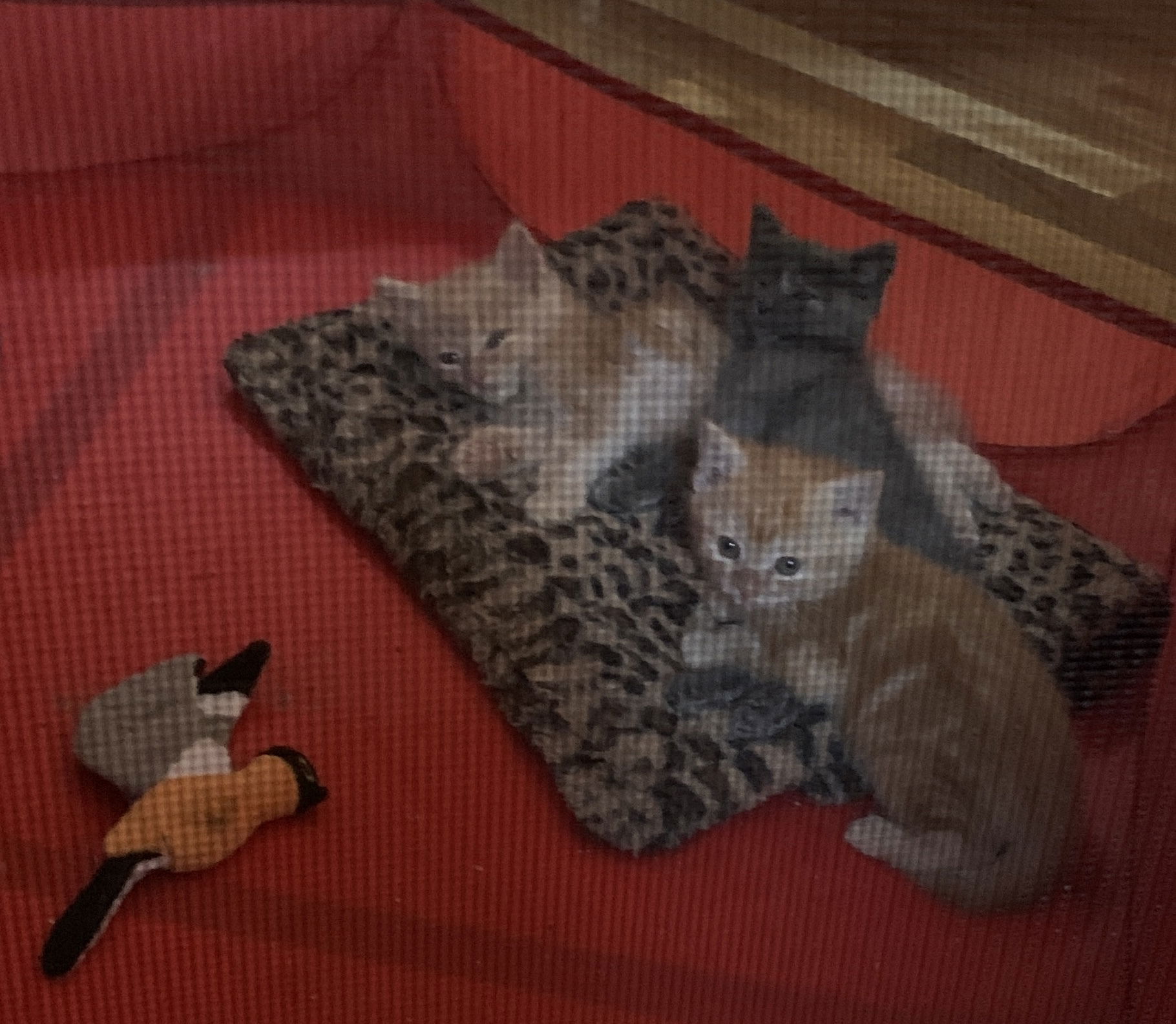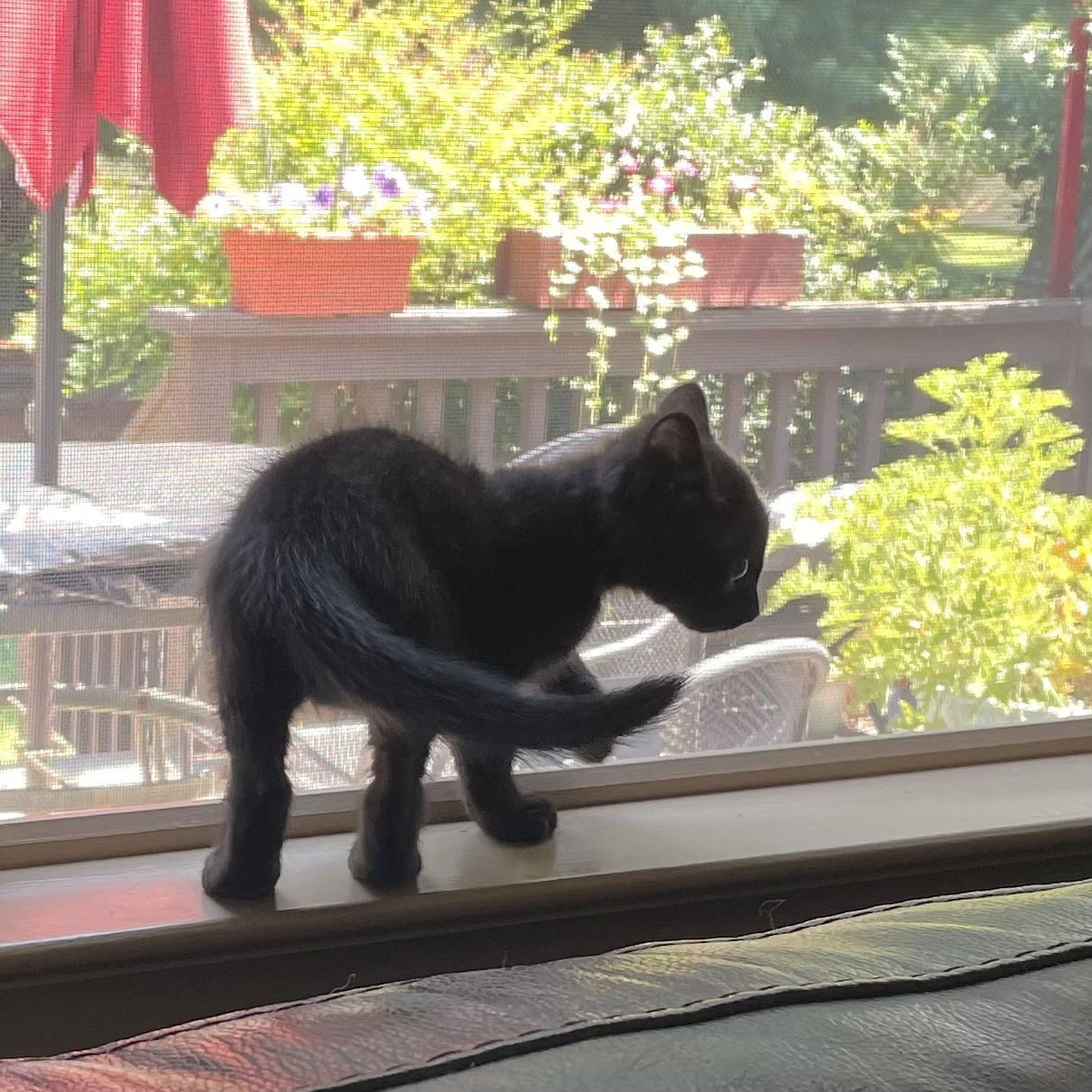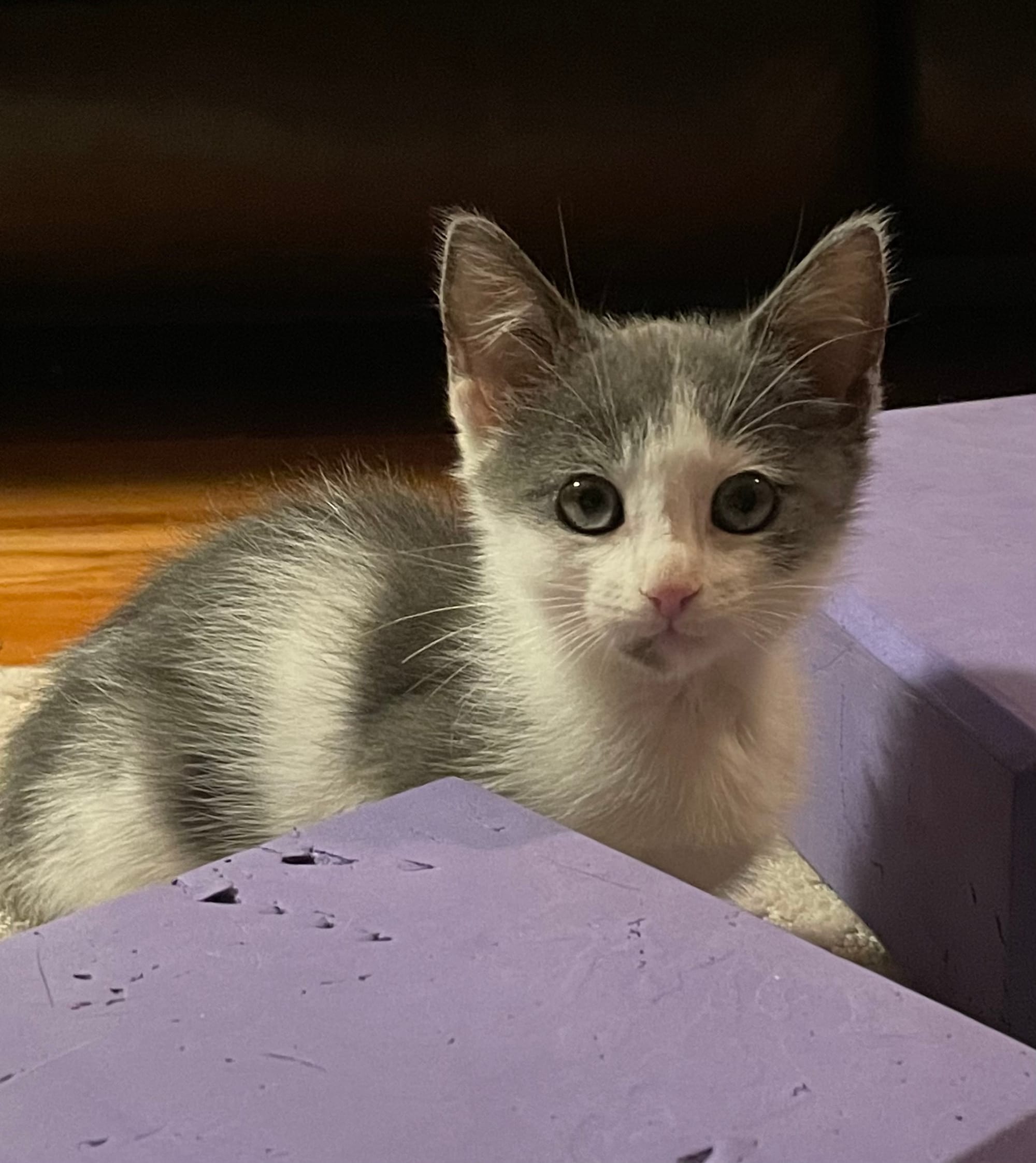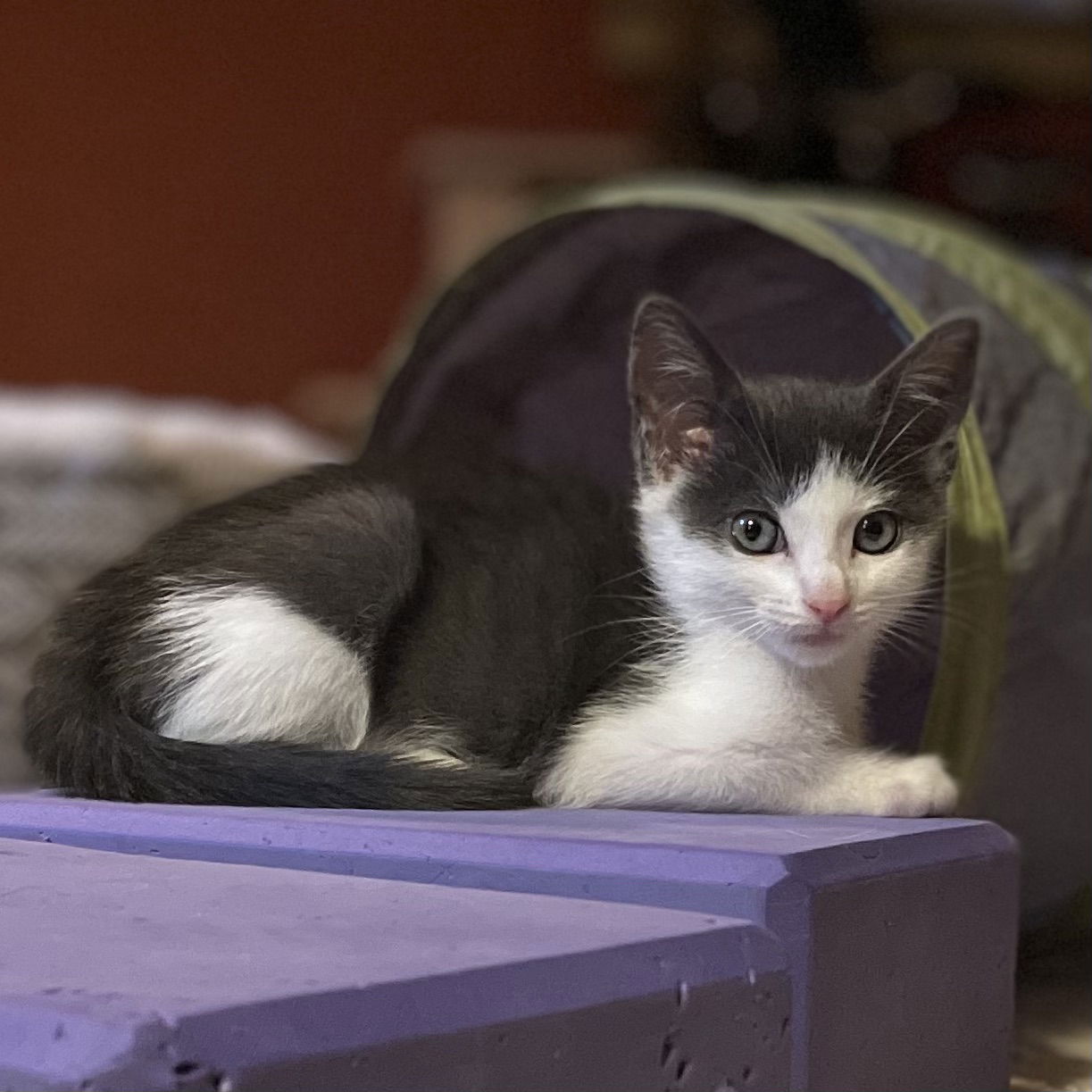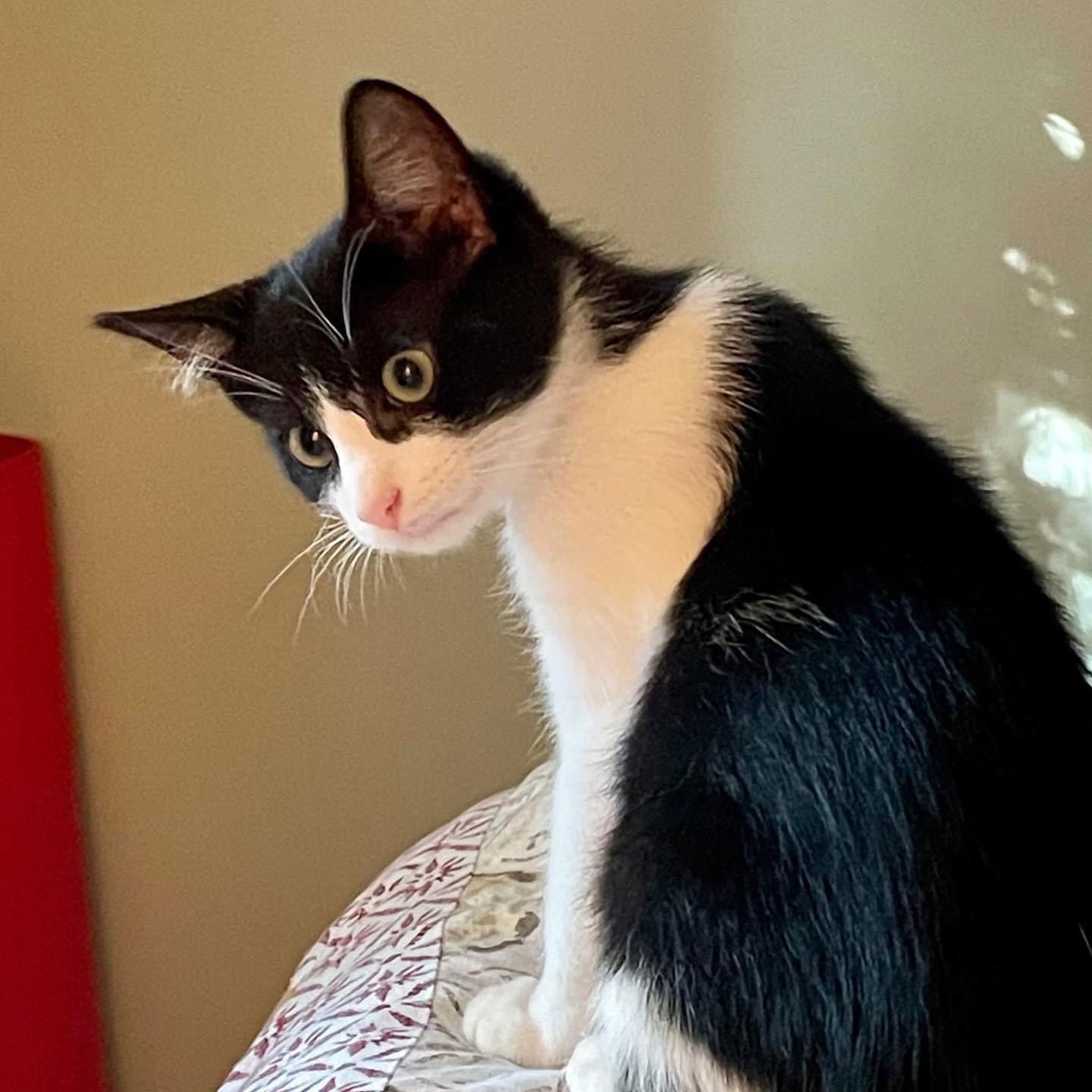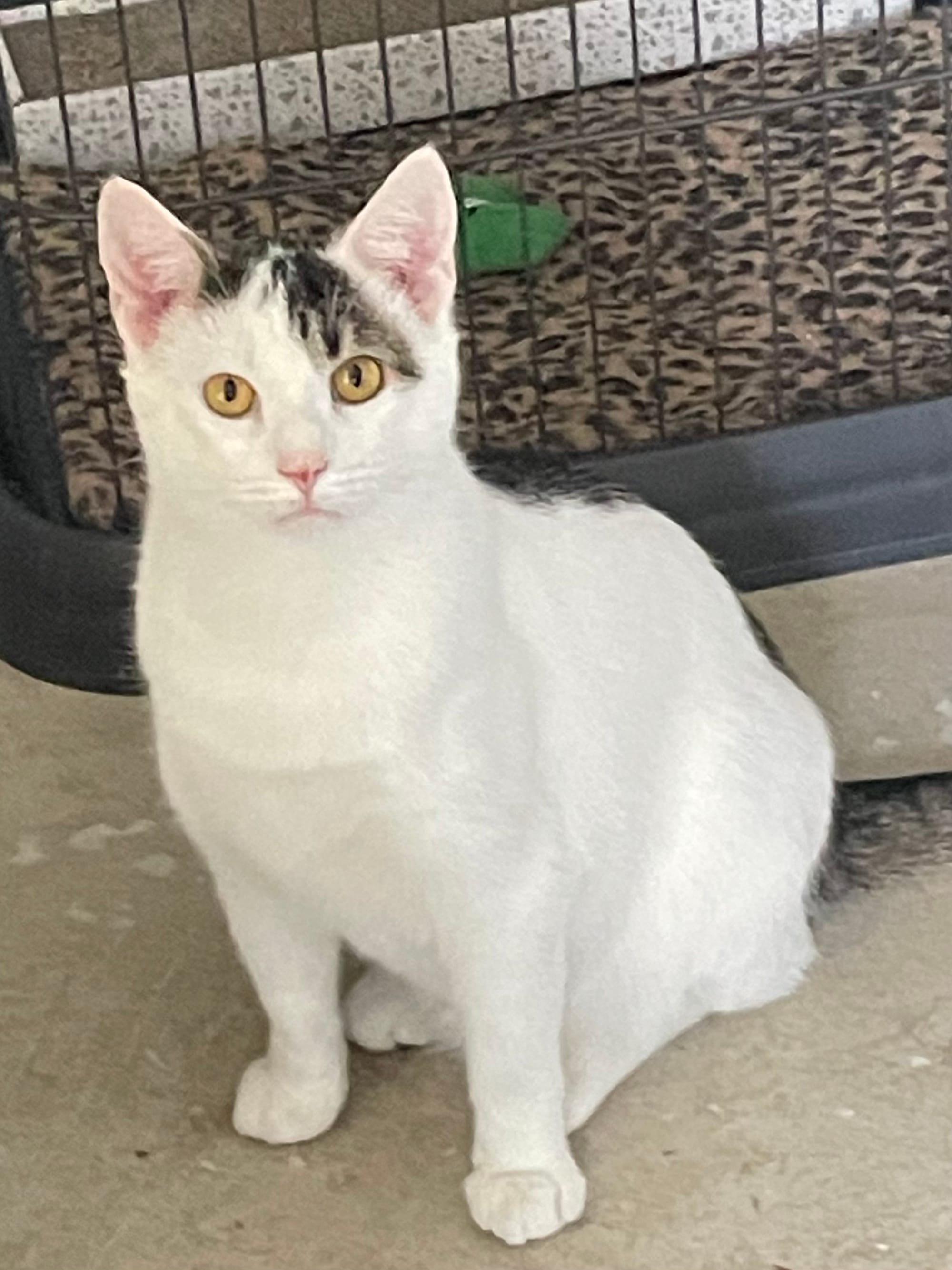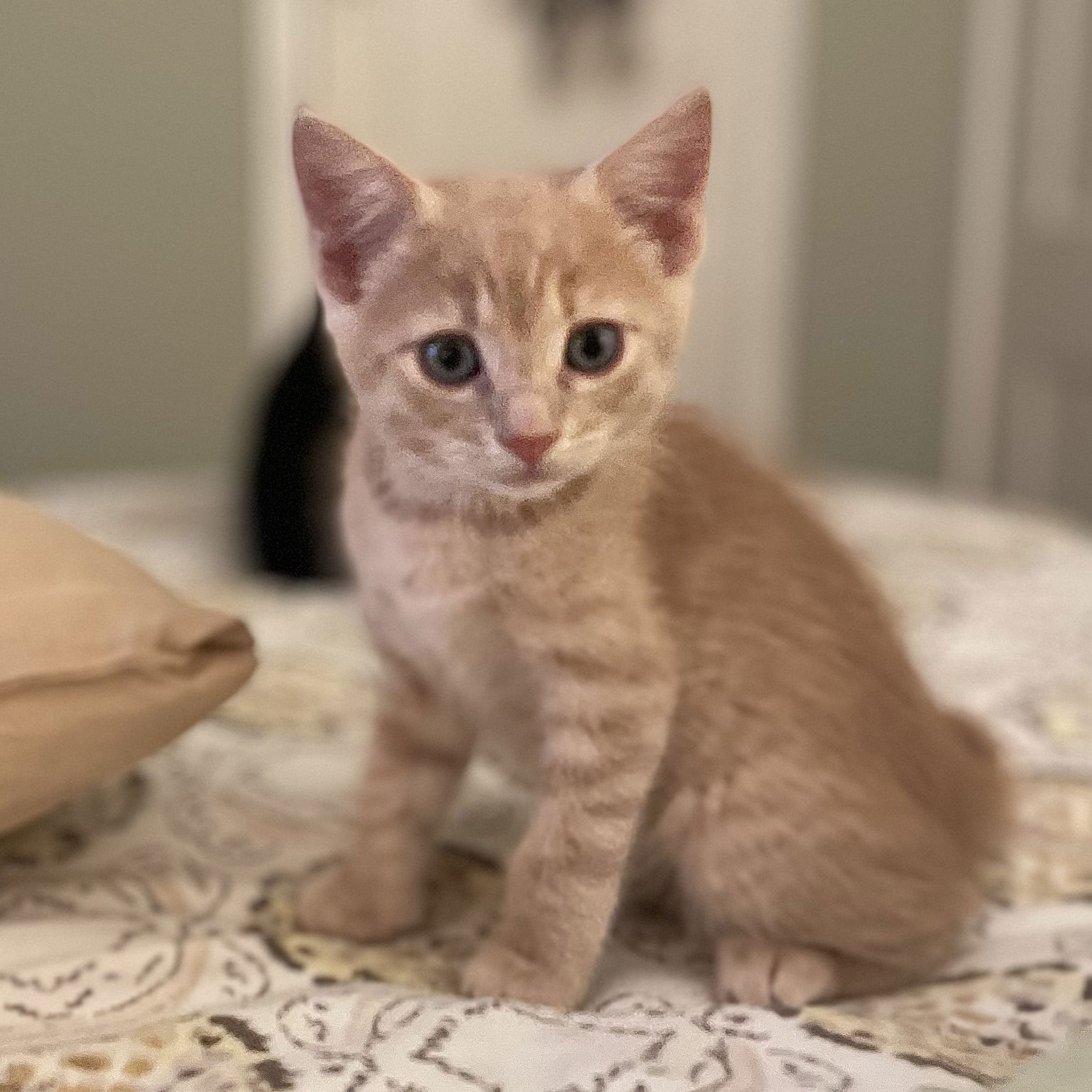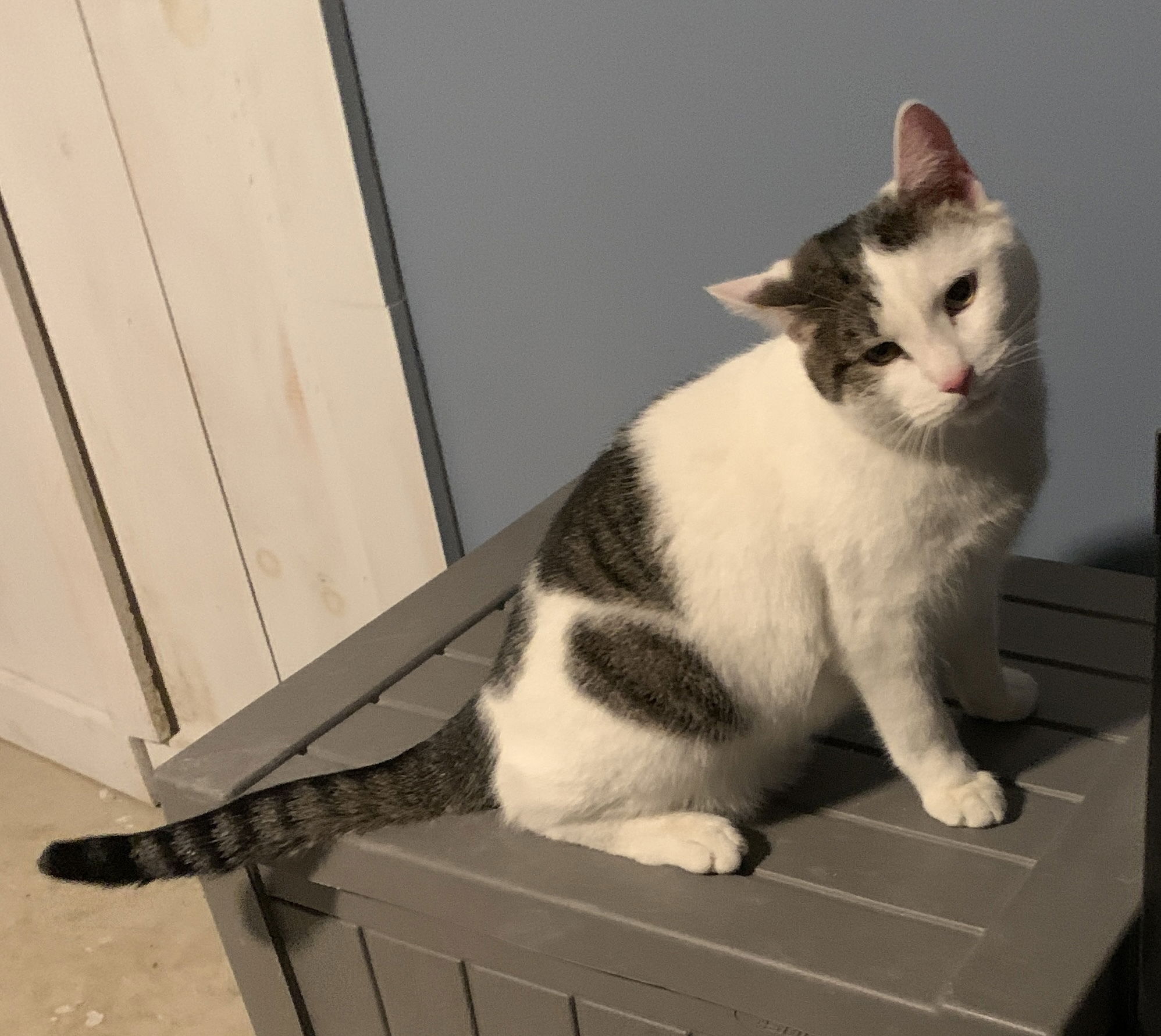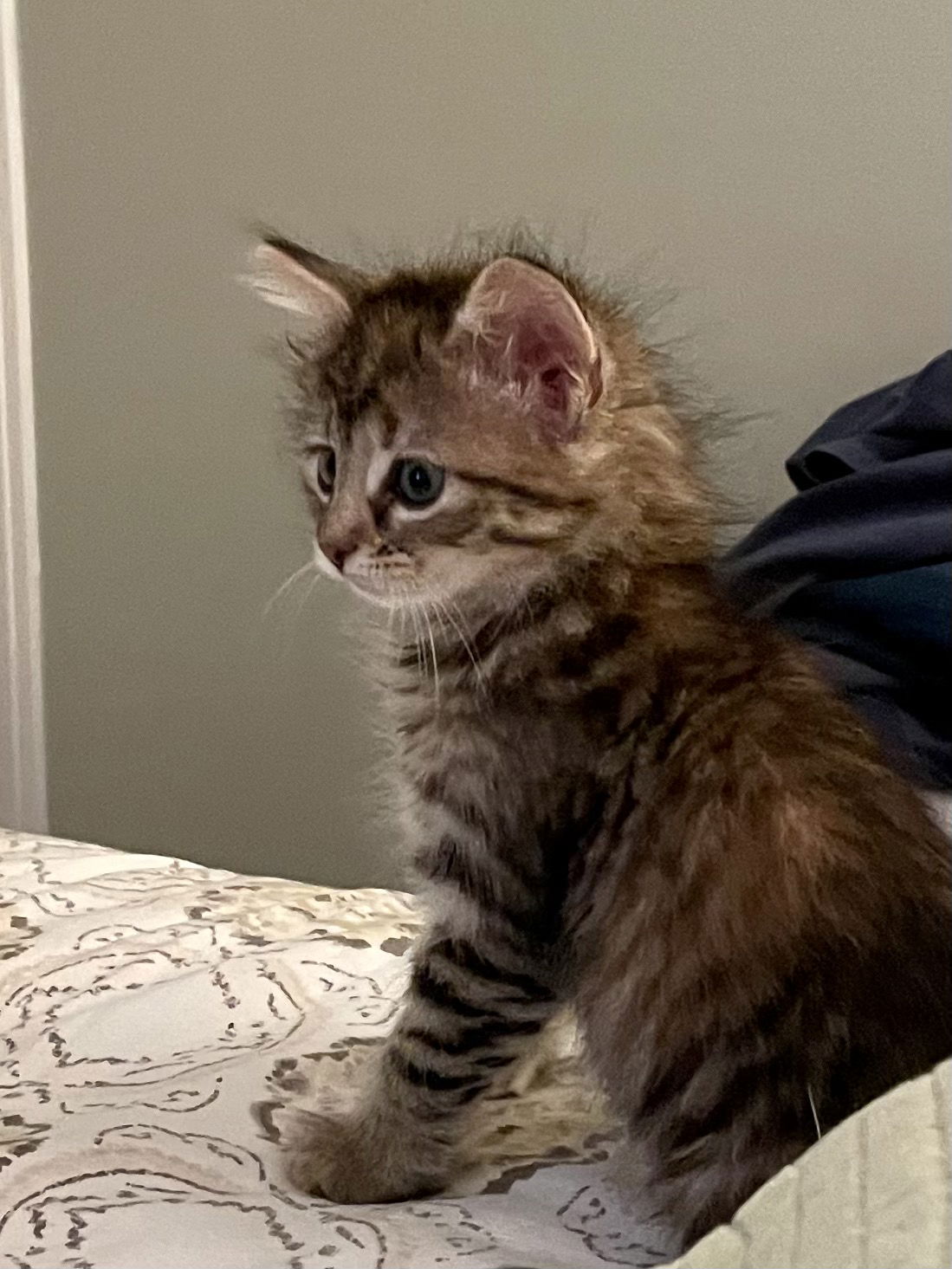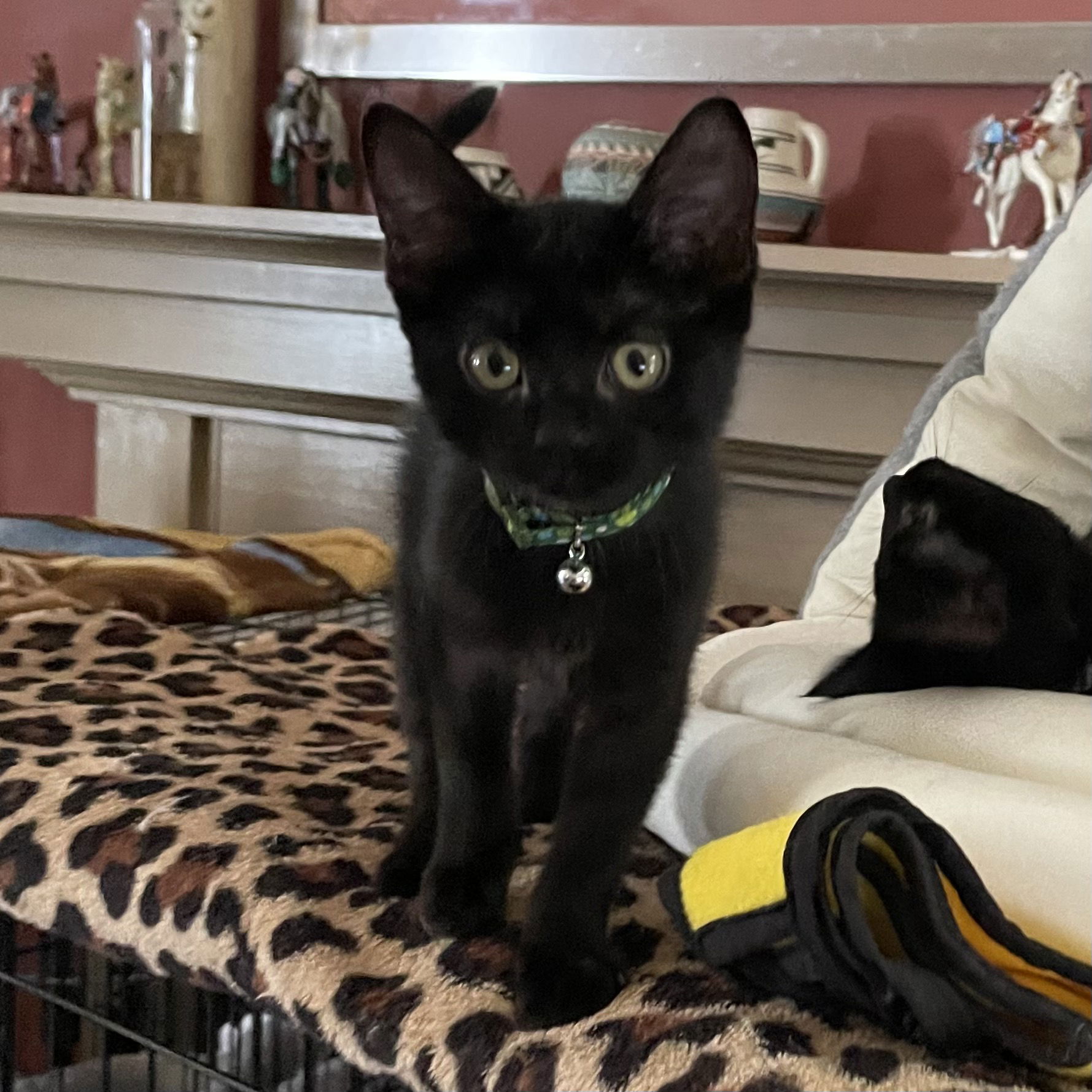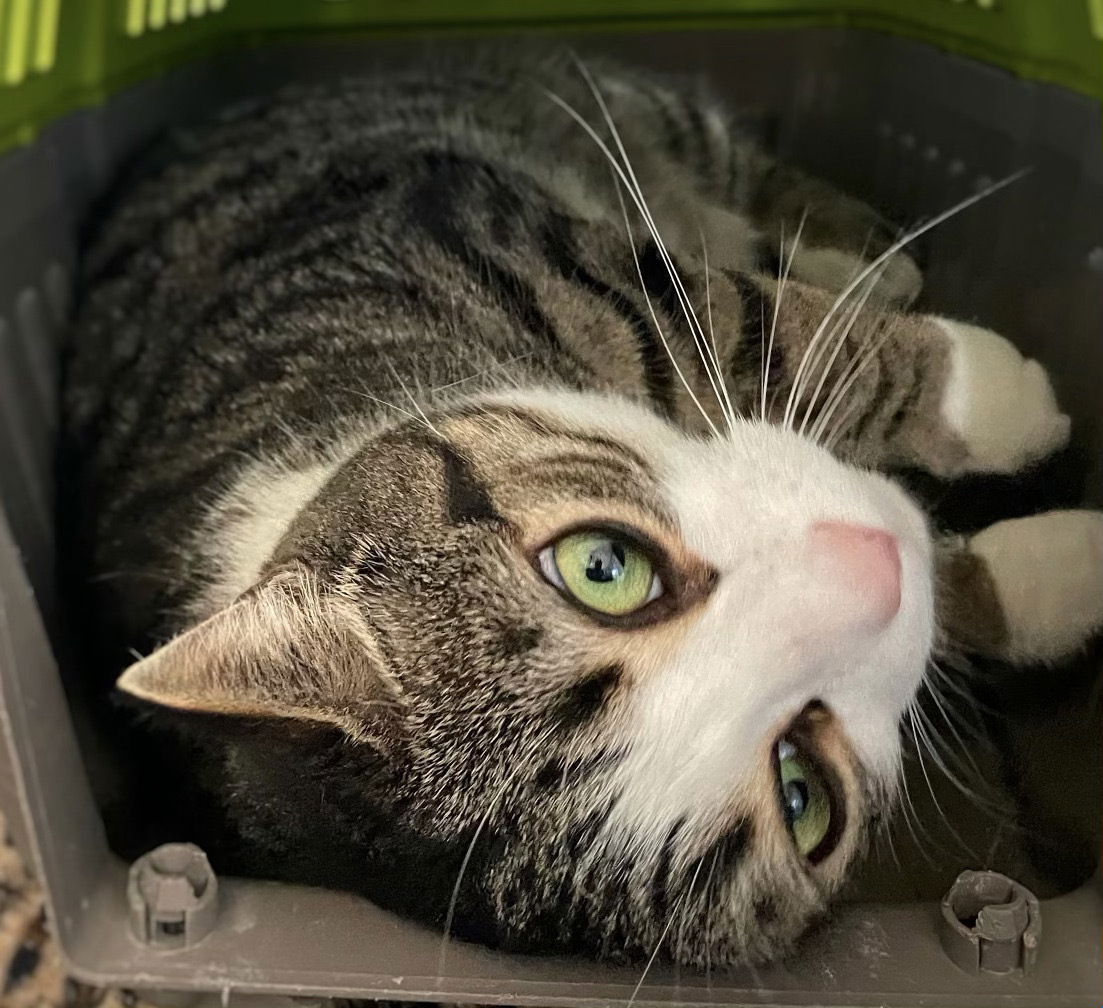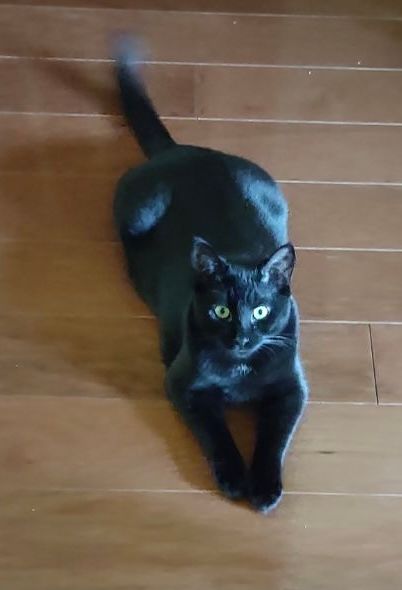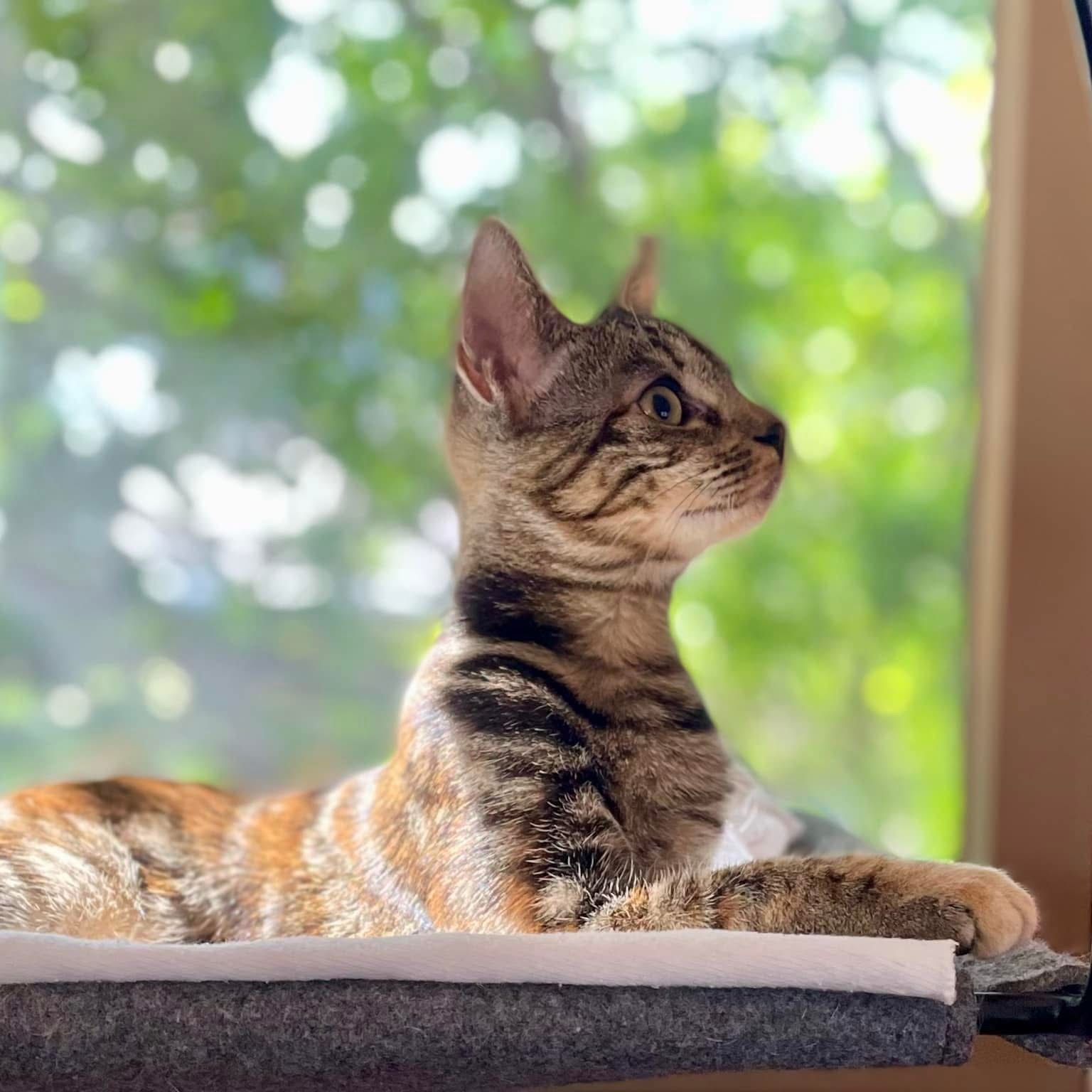Click on Adoption Application (above) and complete the form online, or request an application by mail: CATS-R-US.org PO Box 212 USPS 113 S. Broadway, Gloucester City NJ 08030-1634 or call us at 856-335-7990
Read MoreCHANGE A LIFE
One Cat at a Time
About
CATS-R-US.org is a 501(c)(3) nonprofit organization that operates solely to prevent cruelty and to alleviate the suffering of cats. *
We believe no cat should be abused, neglected, abandoned, or euthanized because they are homeless, and every socialized cat or kitten deserves a permanent loving home.**
Our mission is to rescue kittens and homeless companion cats and provide care for them until a permanent loving home is found and they are adopted.
* CATS-R-US.org is located in Gloucester City, NJ. We rescue kittens and homeless socialized companion cats in Camden and Gloucester Counties in New Jersey.
🐈⬛ As of 09/01/2024 we are at full census and are closed for intake. We will update as changes occur.
* *Twenty-five percent of cats in feral cat colonies are homeless companion cats that were once pets.”
~ International Companion Animal Management Coalition
RESCUE & FOSTER



We rescue abandoned or homeless kittens and companion cats and place them in Foster Care where they are cared for by dedicated foster volunteers until a permanent loving home is found.
While in Foster Care, our kitties are provided basic veterinary care including deworming, flea prevention, core vaccinations, veterinarian recommended tests, spay or neuter, and care for manageable illness and recoverable injury. If funds allow, we will also microchip.
CATS-R-US.org takes care to not exceed our humane capacity so that all of our rescues are provided the Five Freedoms, globally recognized as the gold standard in animal welfare, ensuring that animals are well cared for both physically and mentally.
Veterinary Practices with whom we have care accounts are Rothman Animal Hospital, Collingswood; PennPet in Pennsauken; Animal Welfare Association, Voorhees; Mount Laurel Animal Hospital, Moorestown.
WAYS TO GIVE
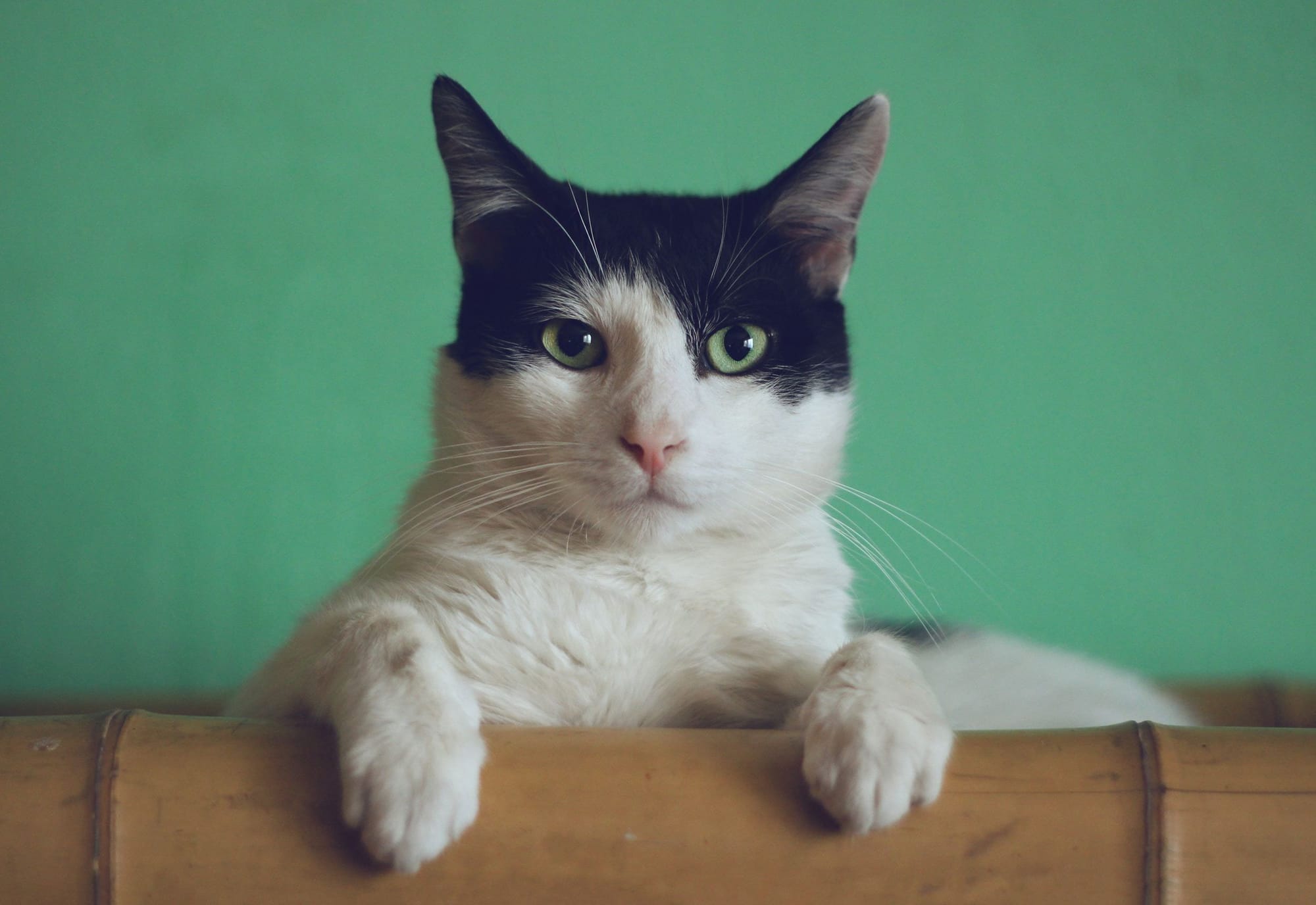
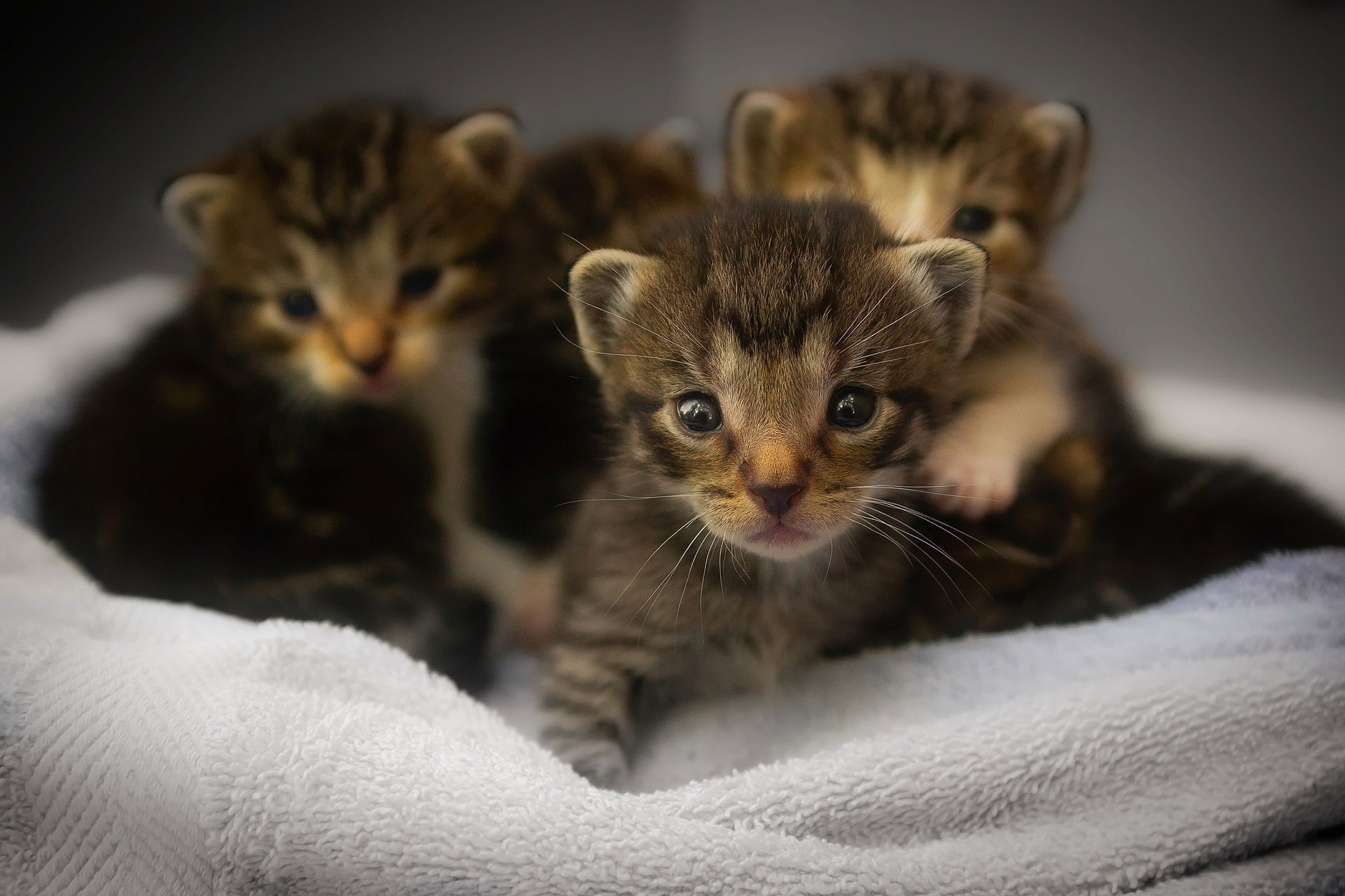
| VOLUNTEER For info, please contact: 856-335-7990 or sam@cats-r-us.org |
CATS-R-US.org is a 501(c)(3) nonprofit cat rescue organization.
We are a no kill rescue.
We do not receive city, state, or federal funding. We rely on adoption donations, private donations, and fundraising events for all of our operating expenses, including veterinary care.
We are all volunteer and foster-based, so your donation will go directly to help our cats and kittens.
No donation of your time, money, food, litter or other items on our wish lists are too small.
Your monetary or wish list donation is fully tax deductible.
Please help today!
| DONATE by AMAZON WISH LIST Click -> AMAZON WISH LIST | DONATE by CHEWY WISH LIST Click-> CHEWY WISH LIST |
MAKE A SECURE DONATION on NETWORK FOR GOOD Click-> NETWORK FOR GOOD |
BUY FROM SUPPORTING ARTISANS Click -> STEPH'S CRAFTING BITS Just mention CATS-R-US.org and we receive a donation for 20% of purchase price of your items. |
| MAKE A SECURE DONATION with a CREDIT card or PAYPAL Click-> DONATE Can not adopt but would like to help? Consider making a monthly donation. |
To donate by check, please make to CATS-R-US.org
CATS-R-US.org
P.O. Box 212
USPS 113 S. Broadway
Gloucester City, NJ 08030
If you wish to donate on behalf of another as a gift or
tribute, please contact us at: sam@cats-r-us.orgARE YOU READY TO ADOPT?
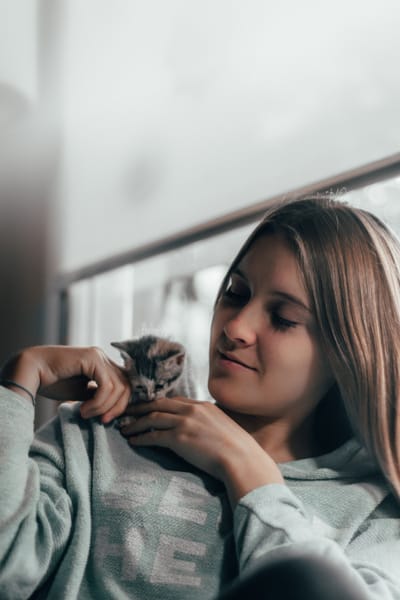

Adopting a pet is a big commitment and one that should not be entered into lightly. Cats can live 15 years... some longer. Please make sure you are ready to make the committment for the pet's entire lifetime and make sure it is the right time in your life for a pet. Ask yourself some of the following questions.
HAVE YOU DONE YOUR HOMEWORK?
Do you know what type of pet would best suit your lifestyle? Have you read about things like about housebreaking, training, litterboxes, behavioral problems? Are you aware of the daily care of this type of pet? Can you see yourself owning a cat for the next 12-15 years? Most cats live 12-15 years... are you prepared to make this kind of commitment?
CAN YOU AFFORD A NEW PET?
The cost of a pet goes way behind the adoption fee. There are veterinarian bills, food, litter, grooming, etc. Typical vet bills will run several hundred dollars a year for exams, vacinnations and flea control. If you go on vacation and can't take your pet with you, you will need to consider the cost of boarding or pet sitting generally around $20-30/day. Additionally if your new pet gets sick suddenly or needs some emergency care it could cost hundreds or even thousands of dollars.
ANY MAJOR CHANGES IN YOUR LIFE?
Are you in the midst of moving, getting married, going through a divorce, going off to college, getting ready to have a baby, changing jobs? If so, then it probably is not a good time to adopt. Wait until your life is more settled and you have the time to devote to a new family member.
CAN YOU LIVE WITH SOME DAMAGE AT HOME?
Can you live with a little damage to furniture and floors until your new pet becomes accustomed to your home? Will you take accidents, even flea infestations, in stride? Even litterbox trained pets can have accidents. Be prepared to cleanup a little vomit, pee or poo... its part of owning a pet.
DO YOU TRAVEL FREQUENTLY?
What will you do with your pet when you travel? Boarding and pet sitting can be very expensive. If you travel extensively, how happy will your pet(s) be alone?
DO YOU HAVE YOUNG CHILDREN?
If your children are under the age of 6, experts recommend that you wait a few years to adopt. Kittens and cats have extra-sharp teeth and claws and strike back when teased. Smaller cats and kittens may be too delicate for an exuberant toddler; adult cats can hiss, scratch or bite.
DO YOU HAVE THE TIME TO DEVOTE TO A NEW PET?
Do you work long hours? Will you have the time and patience to train the dog or spend with a cat? Do you have quality time to spend with a new pet?
DO YOU ALREADY HAVE PETS?
If you already have animals, have you checked to ensure that adding another animal will not violate your city limits or be in violation of any regulations of where you live? Are you sure your current pets will tolerate a new pet in the home? Have you considered the well-being of your current pets as your first priority?
DO YOU RENT OR LEASE YOUR HOME?
Have you checked with your landlord to see if they allow cats? Does your rental or lease agreement specify that cats are allowed? Do you have to make a pet deposit? Have you anticipated what you might do if you have to move? Are you willing to pay more for a place to rent to ensure that you can take your cat with you?
DOES EVERYONE IN YOUR HOME WANT A NEW PET?
A cat or needs to be a family member and everyone needs to welcome him/her into your home. Be sure everyone agrees not only on getting a cat but on which cat to make part of the family. Let everyone in the family meet your new potential new kitten or cat.
ADOPTION DONATIONS


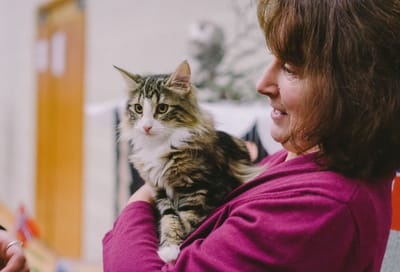
Our cats and kittens are tested for feline viruses or diseases if recommended by a Veterinarian, based on signs or symptoms that indicate need. (Please see FeLV & FIV page for more information).
CATS-R-US.ORG is a 501(c)(3) nonprofit organization and foster based rescue. We realize that Trap Neuter and Return/ Release (TNR) programs spay earlier than 3 mos. or at 2 lbs. We are not a TNR group. Our kittens are Spayed or Neutered when 3 lbs weight as our veterinarians recommend.
CATS-R-US ORG is housed within a private residence. Once you are an approved adopter, you may meet and visit with cat or kitten before adopting. Adoptions can be finalized within 72 hrs. after approval for an already spayed or neutered cat, and within two weeks of when a kittten or cat is spayed or neutered.
ADOPTION DONATIONS: We request adoption donations to help offset the cost of general veterinary care including vaccinations, spay or neuter.
Your donation is fully tax deductible.
Suggested donations:
Cats over 5 yrs. $ 65.00
Cats over 1yr - 5 yrs. $ 90.00
Kittens 3 mos. - 1 yr . $ 100.00
APPLICATIONS
Contact
- Gloucester City, New Jersey, United States
- sam@cats-r-us.org
BRINGING HOME YOUR NEW KITTEN



adapted from Guide to Bringing Home a Kitten
Published by Jean Marie Bauhaus
March 1, 2018
Bringing home a new kitten is an experience that's loaded with challenges and rewards. Whether you're considering getting a kitten or have already welcomed a fuzzy little bundle of joy into your life, you no doubt want to be the best pet parent. Keep reading to learn all about kittens and how to give your tiny friend the best start in life.
All About Kittens: What to Expect
Raising a kitten is an entirely different experience from having an adult cat. Kittens have boundless energy and curiosity, which means they require a lot of your time and energy. Your new kitten needs not only lots of affection and playtime in order to be properly socialized, but also a ton of supervision to keep her out of trouble. The truth is that kittens, while charming and lovable, can be exhausting. Keep in mind that the kitten stage doesn't last forever, and your cat will never be this small or cute again. Enjoy this stage, and remember, the bond you form with your kitten will last her entire life.
Preparing for Your Kitten
In order for life with your new kitten to run smoothly, make preparations before bringing her home. The first thing you should do is kitten-proof your home by viewing each room from kitten level. Close or block off windows, vents, and any nooks and crannies she might be tempted to explore. Move electronics and power cords, window blind cords, and any other strings out of reach. Completely remove objects that might pose a choking hazard.
It's also a good idea to set aside a quiet area for your kitty to get used to her new surroundings. This space should be off-limits to other pets, and young children should only be admitted with adult supervision. Furnish the space with a litter box, food and water dishes, comfortable bedding, and a toy. It is usually a good idea to keep the food and water away from the litter box, as cats don't generally like to eat near where they do their business — but then again, who does! This area will serve as a safe space for your kitten to not only get to know you, but also to get used to the strange sounds and smells of her new home.
If you have other pets, keep the door closed or use a pet gate to keep them out. Gradually allow them to approach the gate and allow them and the kitten to meet and sniff each other from a safe distance. Only allow them to make full contact under supervision once they appear to accept one another's presence with no signs of aggression. Wait to introduce your new kitten to other animals until she has had her shots and received a clean bill of health from the veterinarian.
You'll need a number of supplies to help you care for your kitten. Here are the basic items you should stock up on before bringing her home:
- Quality kitten food
- Cat treats - you can make quality treats using kitten food to make sure she is still getting quality nutrients.
- Food and water dishes
- Litter box and cat litter
- Cat bed
- Cat carrier
- Collar and ID tags
- Cat brush and/or flea comb
- Toothbrush and pet-safe toothpaste
- Scratching post and kitten-safe toys
Ideally, kittens remain with their mother and litter mates until they're at least eight weeks old. At which point they should be fully weaned and able to regulate their own body temperature. If, however, you find yourself in the position of caring for a newborn or infant kitten, you must keep her warm and bottle-feed her kitten formula every two hours. In cases like this, it's best to consult your vet about a proper feeding schedule and other special considerations.
Typically, though, when you bring home your new kitten she/ he will already have been weaned onto solid food. If possible, ask the prior guardian to inform you of you of the food your kitten is currently eating. While you may decide to keep feeding her/ him the same brand and type of food, if you change the food, do so slowly by mixing a small amount of the new food and gradually increasing it over the course of a week to prevent digestive problems.
Whatever you decide to feed your kitten, look for a quality food that's specially formulated for growing kittens. Kitten food should be high in calories, protein-rich and easy to digest. Adjust your kitty's feeding schedule by age:
- Up to six months: Feed your kitten three to four times per day. At this stage of rapid growth and development, kittens require a lot of calories. It might be easier at this stage to free-feed your kitty by leaving a bowl of kibble where she can access it whenever she's hungry.
- Six to nine months: As your kitten enters adolescence and growth slows, your kitten needs fewer calories and shouldn't be fed more than twice a day.
- Nine to twelve months: By twelve months, your cat is no longer a kitten. As she approaches adulthood at nine months, you can begin transitioning her to adult cat food. You should also start keeping an eye on her weight to make sure she's not being overfed.
Training and Socializing Your Kitten
Litter box training should be near the top of your priority list on your kitten's first day home. Kittens that stay with their mothers until they are fully weaned usually learn a litter box's purpose by watching their mothers. Typically, your kitten will already know what to do, and your only job will be to show him/ her the box. You may need to remind him or her where the box is and use positive reinforcement, such as treats and praise, until he/ she gets used to using it on her/ his own without any prompting. At this stage, it might be helpful to have a couple of litter boxes around the house, just to make sure of easy access to one while your kitten is figuring things out.
Beyond potty-training, training a kitten is usually about establishing and reinforcing boundaries and household rules. Again, rely on positive reinforcement to train your kitten, and avoid punishing or speaking to your kitten harshly. Never, ever hit or shake your kitten. Instead, ignore him/her when she's behaving badly and give her affection, treats and praise to reward her good behavior. If ignoring isn't an option, redirect her attention to something else. For example, if your kitten bites or scratches your hand, give her a toy to play with instead. If she scratches the furniture, patiently redirect her to a scratching post or pad. If all else fails, give her a time out by confining her to his/her quiet space until she/he calms down.
Despite what you might think, cats are actually trainable in other ways too. Much like puppies, kittens are very smart and have the capacity to learn a lot — their independent nature may make it seem otherwise. With training any pet, it takes patience. Start with simple commands like calling him or her to come to his/ her name. Then, you can slowly introduce other commands such as sit, lie down and stay. Again, it's important to use positive reinforcement if you want these actions to continue as he/ she gets older.
Kittenhood is a crucial time for socializing your cat. In order for her or him to grow into a well-balanced adult, she /he should be played with and comforted frequently and also exposed to as many new sights, sounds, smells, and sensations as possible. While still young is the best time to get her/him used to things such as wearing a collar, riding in a pet carrier, riding in a car, and tolerating grooming tasks like bathing, brushing, nail trimming, and tooth brushing. Keep in mind that she/ he is still a kitten and is experiencing the world for the first time. There may be times where sights or sounds frighten him or her. In these cases, it is important to comfort him/her and understand when too much stimulation might be enough, and you can take her back to her safe place to rest. As she starts to get used to these things, you can slowly introduce more stimuli. However, you might find yourself surprised — kittens have a curious nature and you might find that they can be fearless and explore more than you'd think. How else can you explain a small kitten willing to snuggle up next to a large dog?
Play and Exercise
Beyond just socialization, kittens need to be played with to get their exercise. Not only does this help form a bond between the two of you, but it also helps get the blood flowing for her, which is vital to her healthy development. Set aside time each day to play with you kitten, whether it's chasing a mouse on a string or a light around the room, to ensure she/ he gets her adequate daily exercise. This will also ensure that your kitten is tuckered out before bed time, which leads us to our next kitten topic...
Sleep
Kittens sleep a lot at a young age — like between 16-20 hours a day a lot. For this reason, it is important that she has a comfortable place to take a nap and sleep at night. You might be tempted to want to keep you kitten in your bedroom, but unless that's where you want to keep a litter box, it is best to section off somewhere in the house that is just for him/her with a letterbox. This will allow her/him to get comfortable in her own space without disturbing your own. It's not uncommon for kittens to wake up in the middle of the night and meow loudly, hoping to get your attention, but unlike babies that cry at night, you should do your best to ignore them. Slowly, they will learn that nighttime is for sleeping, and you're not going to come to his or her every cry. It also avoids setting a bad precedent where you have to get up every night.
Vaccinations and Health Checks
Your kitten should be taken for a health check within a week of having her or him home. On the first visit your vet should check for parasites, feline leukemia, and other health concerns, and he or she will administer her first round of vaccinations if she hasn't yet had them. You should also talk to your vet about scheduling booster shots, starting a flea and parasite control regimen, and spaying or neutering at this time. This visit is also a great time to ask your vet any questions you have about your kitten's care and feeding.
Raising a kitten can definitely be a challenge, but if done well the reward is years of love, loyalty and affection, not to mention the satisfaction of watching your cat grow from a tiny fluff ball into a sleek and healthy adult. Now that you know all about kittens and how to raise them, you're well-equipped to provide your new kitten with a warm and welcoming home and a great life.
* Jean Marie Bauhaus
Jean Marie Bauhaus is a pet parent, pet blogger and novelist from Tulsa, Oklahoma.
For more articles about cat and kitten care go to: https://www.hillspet.com
FeLV & FIV

CATS-R-US.org does not routinely test cats or kittens for feline leukemia virus (FeLV) and feline immunodeficiency virus (FIV) prior to adoption. FeLV and FIV are uncommon viruses that can be transmitted between felines. FeLV and FIV testing will be limited to cats or kittens with health concerns that are associated with FeLV and FIV, cats with known exposure, or if otherwise recommended by a veterinarian. The decision to not routinely test for FeLV and FIV follows the latest guidance from American Association of Feline Practitioners and is based on the following:
- A very small percentage of cats are affected by these diseases. In the United States, 2.3-2.5 % of the total cat population is affected by each disease. In the United States, there are an estimated 30-40 million community cats living in feral colonies, the streets or wooded areas and 73.8 million companion cats living in human households.
- Many rescue cats have an unknown or incomplete background history that could involve recent exposure to FeLV or FIV. Rescue cats include stray cats, indoor-outdoor cats or multi-cat households. Any cat recently exposed to FeLV or FIV may incorrectly test negative (false negatives) giving a false sense of security. Incorrect false negative results occur because the virus or the cat’s immune response has not had time to develop to a level that can be detected by the test.
- Cats who have been vaccinated against FIV or FeLV may test positive although they do not have either disease.
WHAT IS FELV AND FIV?
Both FeLV and FIV are contagious, viral diseases that affect cats only. Although there are some similarities between the two diseases, each has its own distinct characteristics. FIV is primarily transmitted by bite wounds. Other methods of infection, such as queen-to-kitten or sexual transmission, are possible but unlikely. FIV positive cats living in stable households (i.e. households without cats fighting) with FIV negative cats are unlikely to transmit this disease. Once a cat is infected with FIV, the virus makes DNA copies of itself that are inserted into cat’s own genetic material. Following this primary stage, most cats remain asymptomatic for years. Eventually, the immune system becomes progressively dysfunctional and predisposes the cat to infection by other diseases. There is no cure for FIV. Survival time varies but FIV positive cats often live long, healthy lives.
FeLV is most commonly transmitted from an infected queen (mother cat) to her kittens and between cats living closely in the same environment. FeLV may be transmitted in saliva, milk, urine, and feces. Once infected, the cat’s immune system can respond in a few different ways. Some cats that are initially exposed to the virus can eliminate the infection. Others can control the infection, preventing illness for some time. Another set of cats will become what’s referred to as “progressively” infected, meaning their immune system cannot fend off the virus. These cats may develop significant health problems and a shortened life span.
WHAT SYMPTOMS ARE ASSOCIATED WITH DISEASES?
Some of the main symptoms associated with FeLV and FIV include delayed healing from infections (including wounds and upper respiratory infections), diarrhea, neurologic disease, weight loss, and severe gingivitis. It is important to keep in mind that several other diseases can also cause these symptoms so the presence of one or more of these symptoms does not automatically mean that your cat has FeLV or FIV.
IS THERE A CURE FOR FELV OR FIV?
Currently, there is no absolute cure for either disease, although progress is being made Some cats may with veterinary recommended treatment reach remission.
Treatment is aimed at maintaining an otherwise healthy cat and addressing symptoms associated with the diseases early, such as dental disease and delayed healing from wounds. A good, nutritional diet, keeping your cat indoors, and taking your cat for regular veterinary exams are essential to promoting a strong immune system, prevention of secondary illness, and catching any signs of illness early on.
SINCE MY NEW CAT MAY NOT BE TESTED PRIOR TO ADOPTION, WHAT SHOULD I DO NEXT?
We recommend that you establish a relationship with a veterinarian to determine the best testing strategy. Due to the complexity of diagnosis and limitations of point-in-time testing, more than one test may be required to determine a cat’s disease status. Until this testing is performed, we recommend keeping your newly adopted cat separate from your resident cats.
WHAT ABOUT CATS IN FOSTER HOMES? WILL OUR FOSTERS’ RESIDENT CATS BE AT RISK?
For both FeLV and FIV, the risk of transmission between adult cats is very low unless crowding or immunosuppression is present. There is a small possibility that a kitten would transmit FIV or FeLV to an adult cat. If foster parents are concerned, they may consider separating foster cats from their resident cats and use normal hand washing techniques.
SHOULD I ADD AN FELV OR FIV POSITIVE CAT TO MY HOUSEHOLD?
Many FeLV and FIV cats can have happy, healthy lives for many years. We recommend that all FeLV and FIV positive cats receive routine preventative veterinary care, including annual exams. Your veterinarian may provide additional recommendations to optimize your cat’s health, including dental care and routine blood work.
If you already have cats in your household, there is a risk that your resident cats could become infected with the disease. For both FeLV and FIV, the risk of transmission between adult cats is low unless crowding or immunosuppression is present. Cats develop age-related immunity to FeLV in particular and published studies demonstrated that there was no spread of FIV between cats when housed together in a rescue home over a period of months to years. However, FeLV positive cats do carry some risk of transmitting the disease to other cats, especially if any other cats in the household have underlying disease, are very old or very young.
CAN I GET FELV OR FIV FROM MY CAT?
No, fortunately neither of these diseases can be transmitted to humans, dogs, or other species.
WHERE CAN I GET ADDITIONAL INFORMATION ON THESE DISEASES?
Your primary care veterinarian is an excellent resource on this topic and can help you develop a personalized health plan for your cat(s). Here are links to more detailed information on FeLV and FIV:
- https://catfriendly.com/feline-diseases/felv/
- https://catfriendly.com/feline-diseases/fiv/



